-
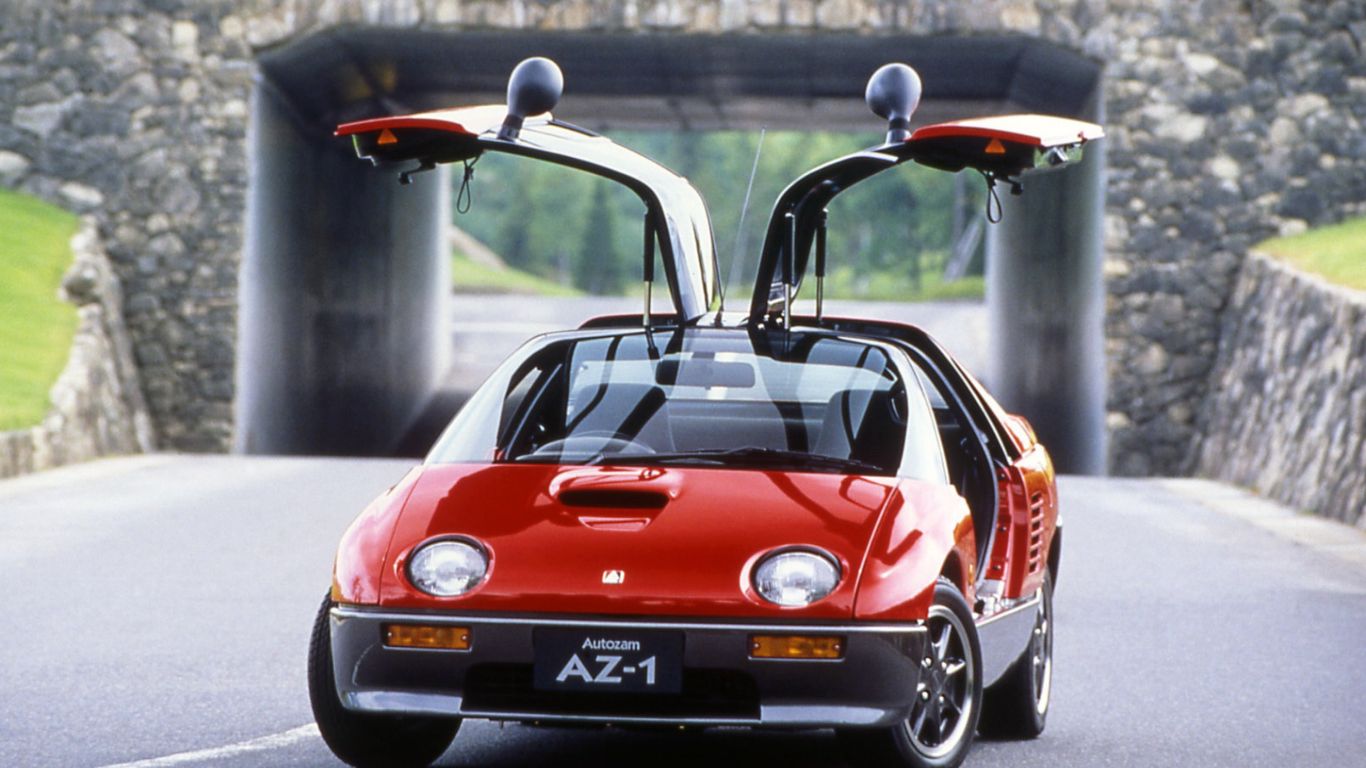
Shrink-wrapped style
© AutozamTiny kei cars have conquered Japan and spread around the world. They originated in 1949, as a way to get war-ravaged Japan back onto four wheels. Yet they have become more than mere transport – as we’ll discover. Join us for a brief history of the kei car.
-
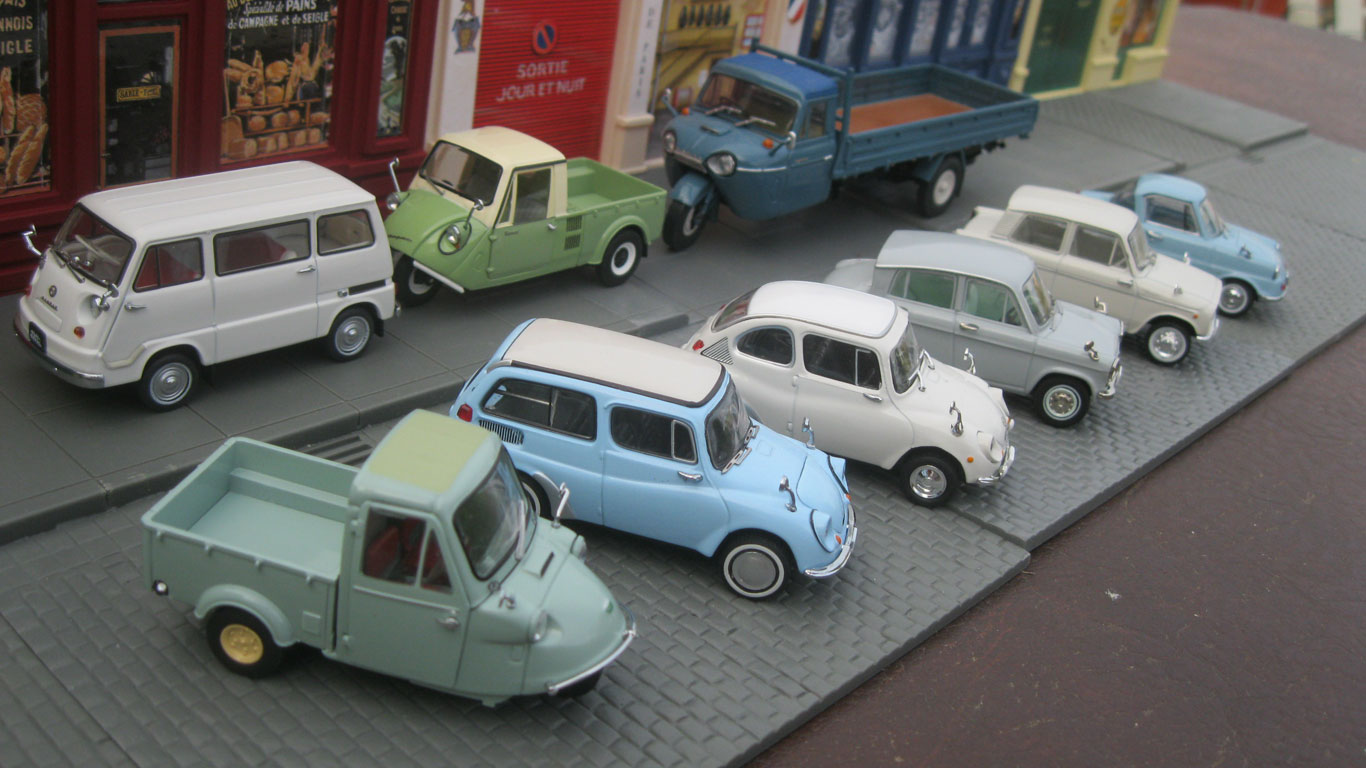
Kei jidosha
© Andrew Bone – FlickrThe name stems from kei jidosha – or light vehicle – and it covers kei cars, trucks and minivans. Indeed, the earliest kei vehicles were delivery trucks, designed for small businesses and shops. This lineup of model cars shows the diversity.
-
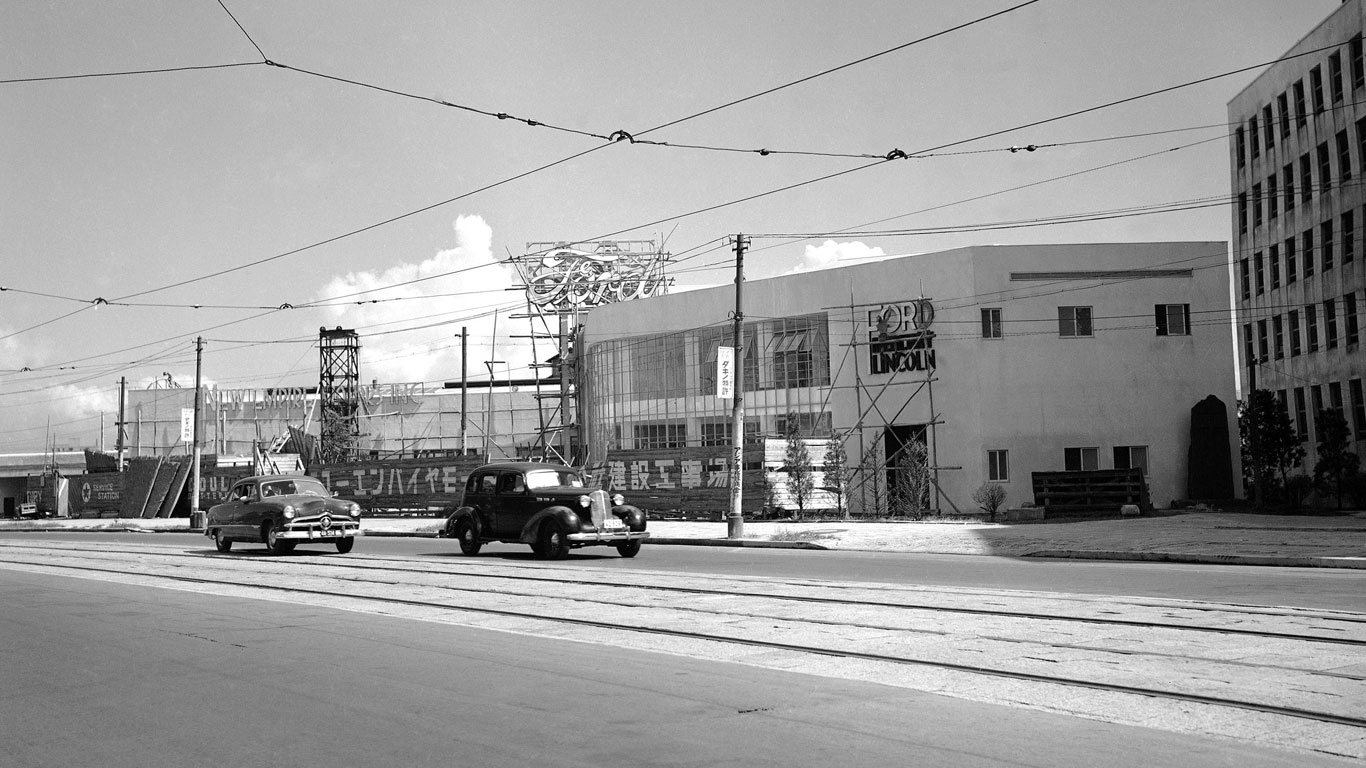
Mobilising an entire nation
© Associated PressThe growth of the kei car was thanks to Japan’s Ministry of International Trade and Industry (MITI), as it looked to kickstart the economy after the Second World War.
Many Japanese people were unable to afford a full-size car, so it was hoped that these kei cars would mobilise the nation by giving people an alternative to motorcycles.
-
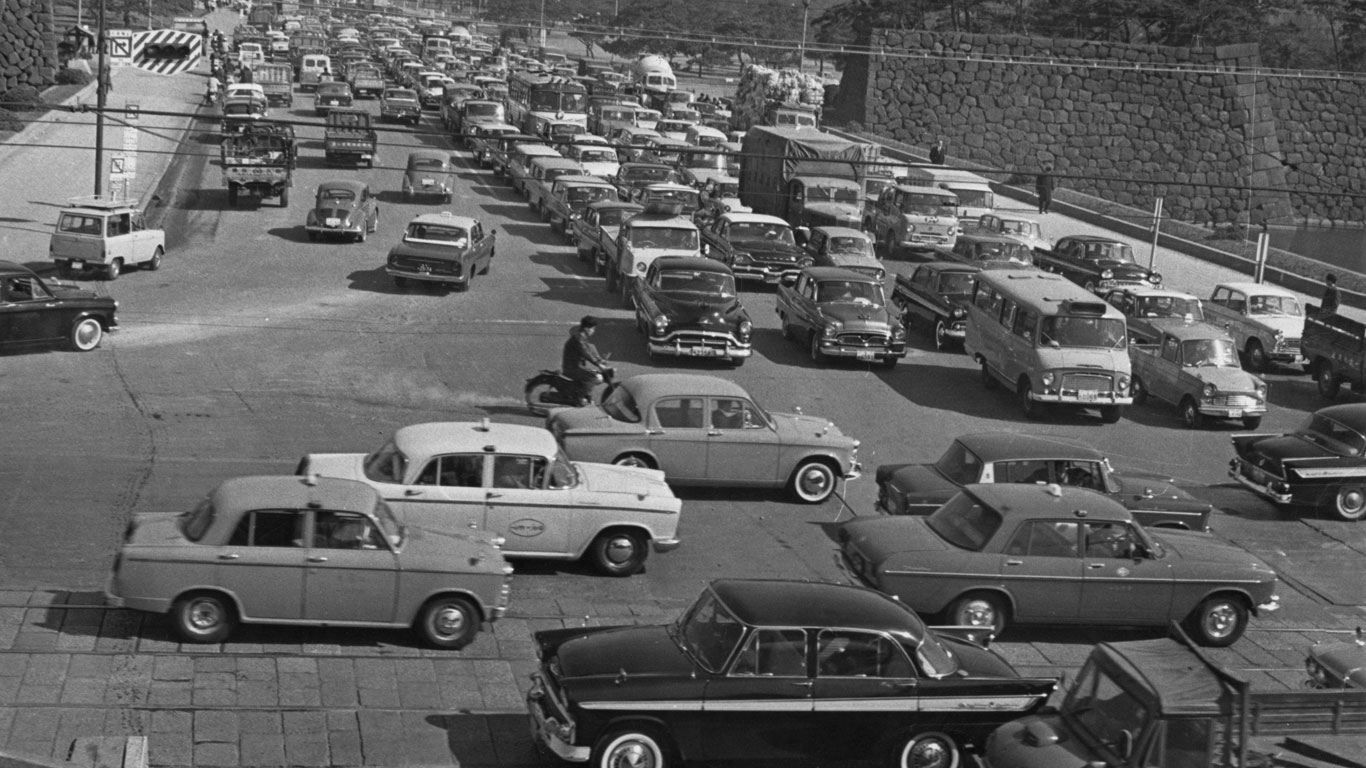
Slow growth
© Getty ImagesKei cars were cheaper to buy, to insure and to tax. Initial growth was slow, not least because the engines were restricted to 150cc four-stroke or 100cc two-stroke capacities.
-
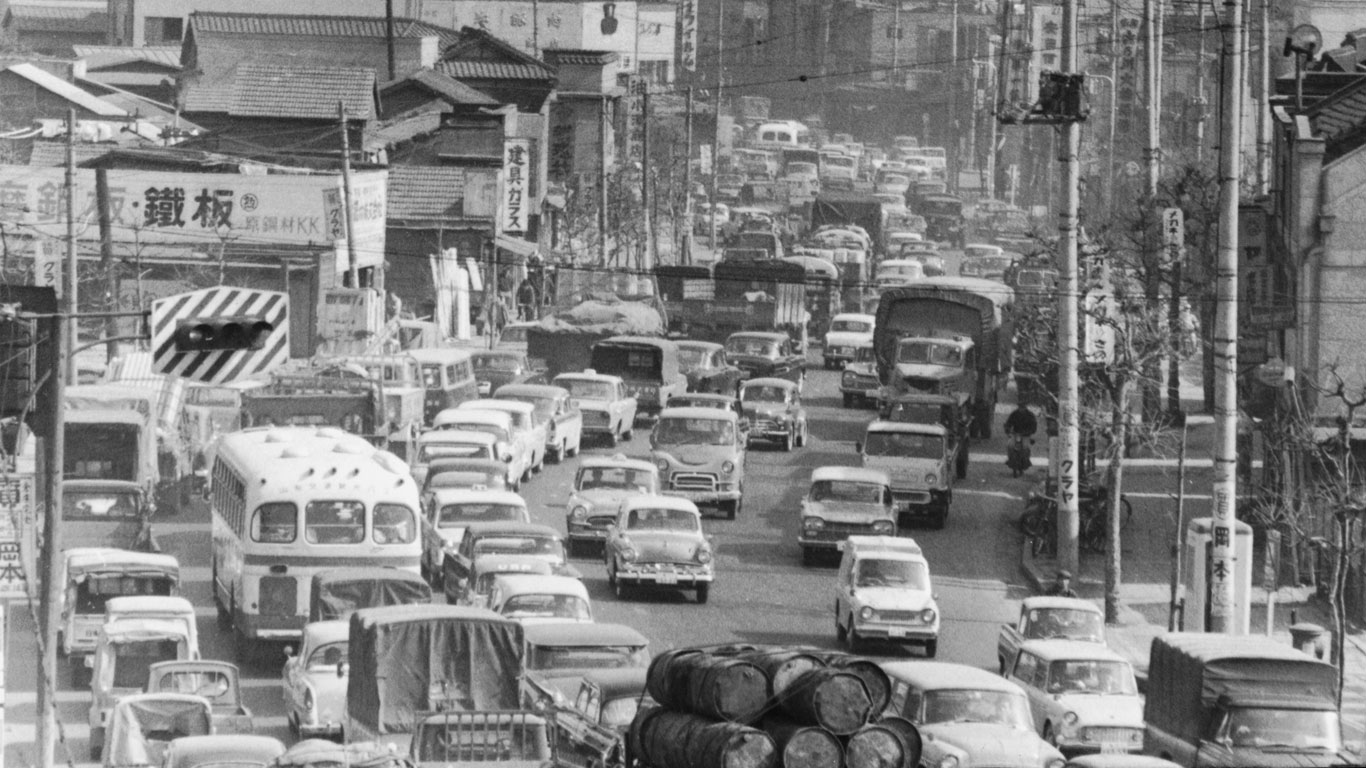
Larger engines
© Getty ImagesIn the early 1950s, the engine restrictions were slowly lifted. In 1950, 300cc four-stroke and 200cc two-stroke were permitted, with 1951 seeing the limit raised to 360cc and 240cc respectively.
-
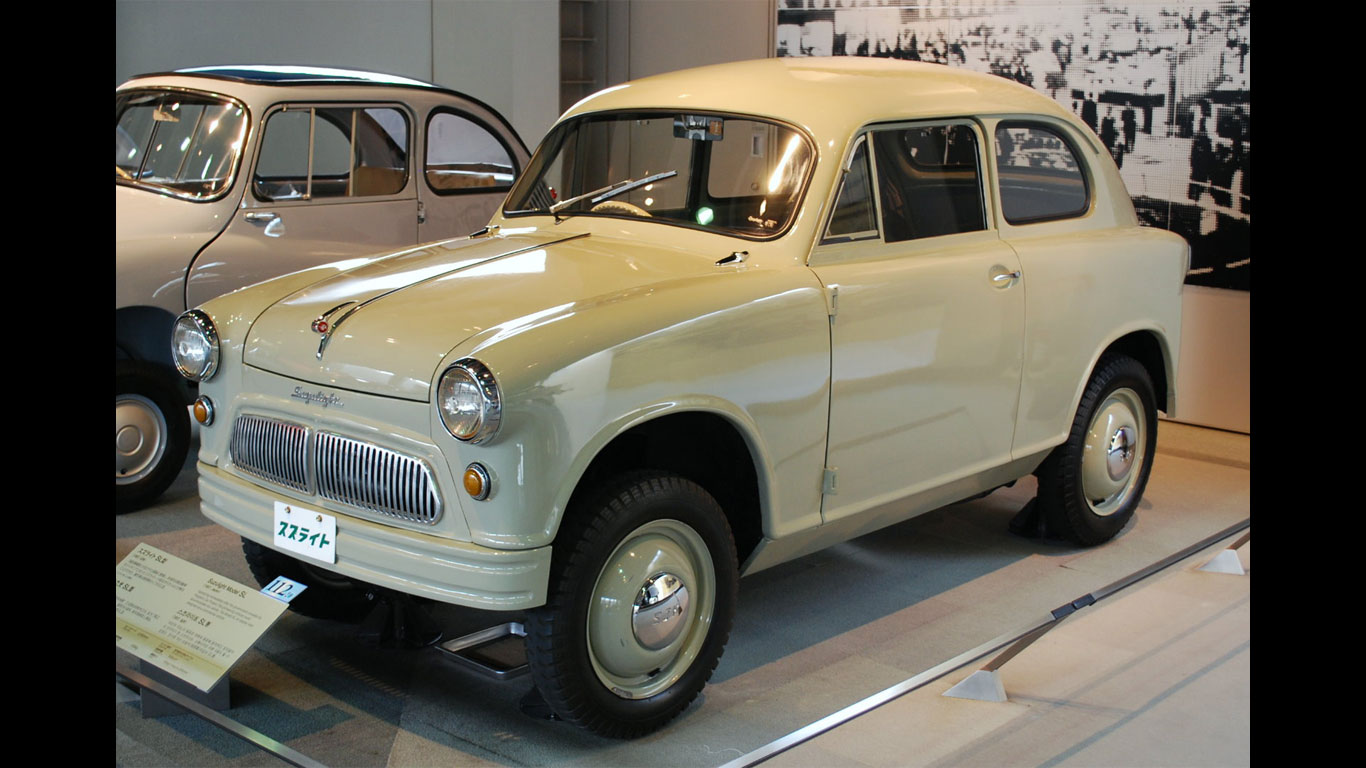
1955: the true birth of the kei car
© Mytho88 – WikipediaHowever, an increase to 360cc in 1955 for both four- and two-stroke engines heralded the real birth of the kei car. The Suzuki Suzulight goes down in history as the first.
-
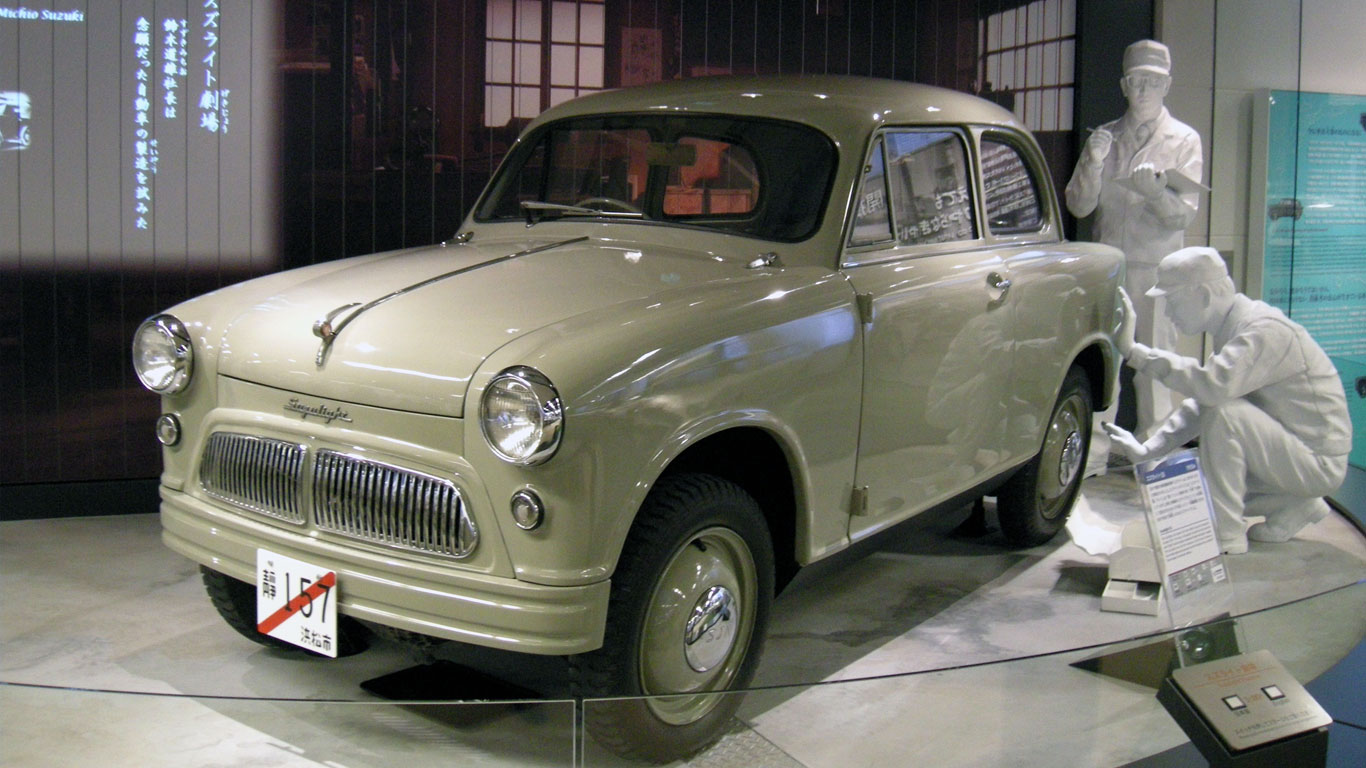
Suzuki Suzulight
© SuzukiWhen it went on sale in October 1955, three body styles were available, namely the Suzulight SS (saloon), Suzulight SL (light van) and Suzulight SP (pickup). The Suzulight brand lived on until 1969.
-
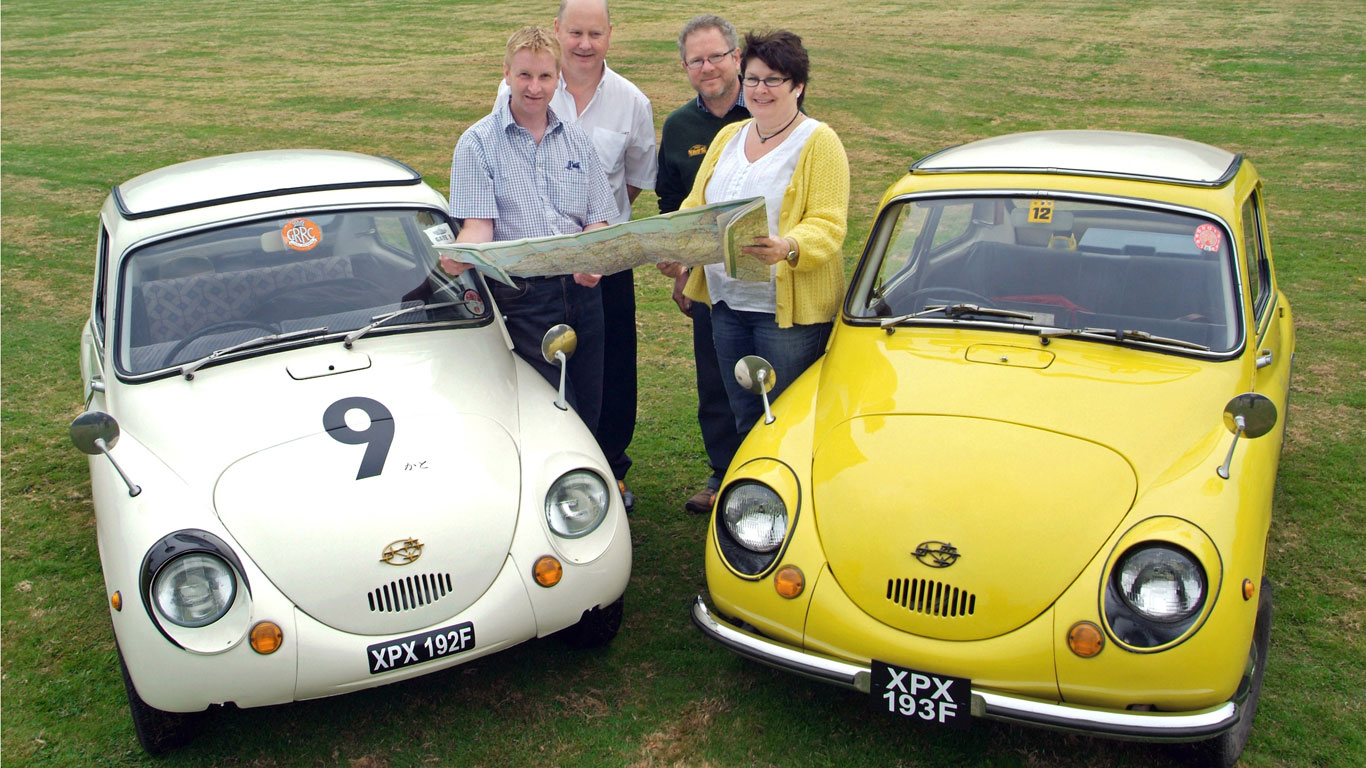
Subaru 360
© SubaruBut if the Suzulight laid the foundations, it was the Subaru 360 of 1958 that provided the building blocks. This was the first mass-produced kei car.
-
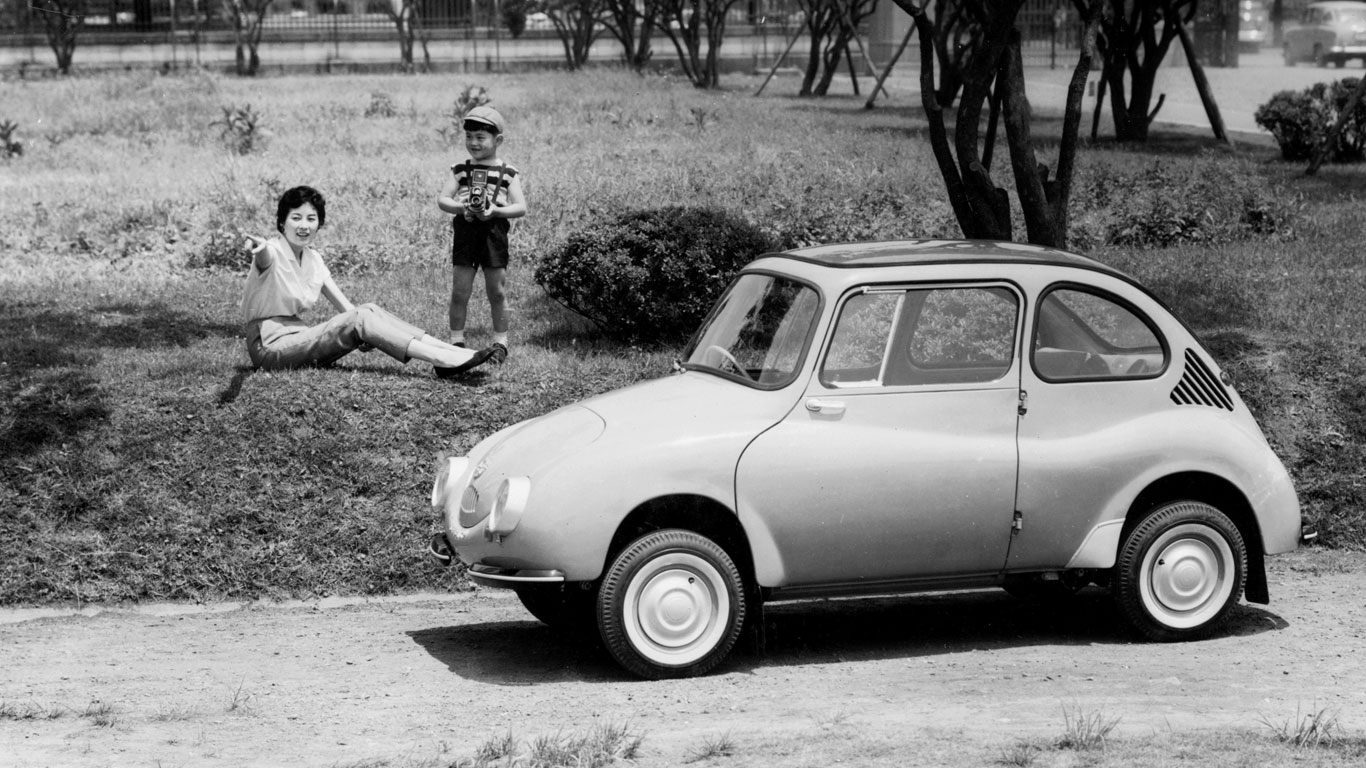
Subaru 360
© SubaruThe Subaru 360 – nicknamed the ‘Ladybug’ – was a landmark vehicle. It was the first car sold under the Subaru brand (part of Fuji Heavy Industries) and is one of the best selling microcars ever. A total of 300,000 were made.
-
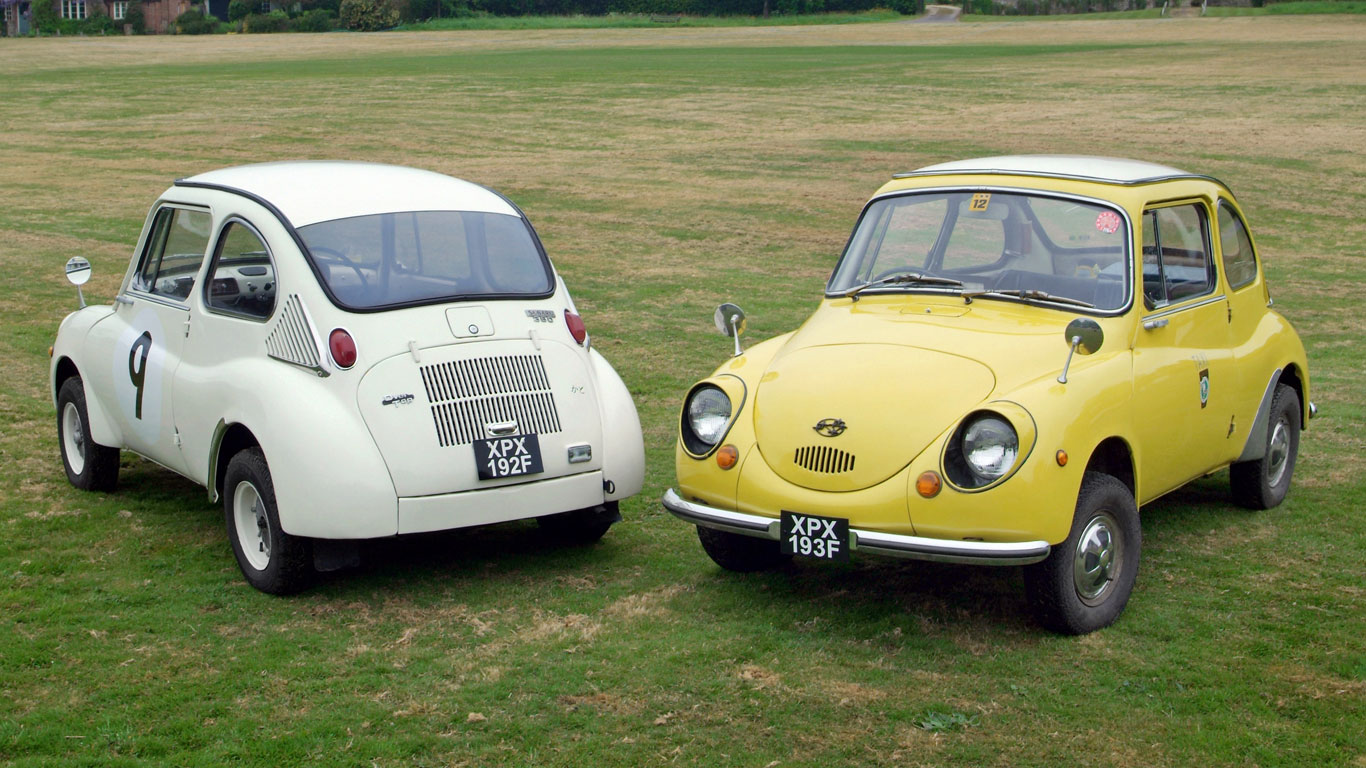
Subaru 360
© SubaruMalcolm Bricklin established Subaru of America in 1968, simply to sell the 360 in the USA. Bricklin is the businessman responsible for the Bricklin SV-1 sports car, as well as importing Yugos from Yugoslavia.
-
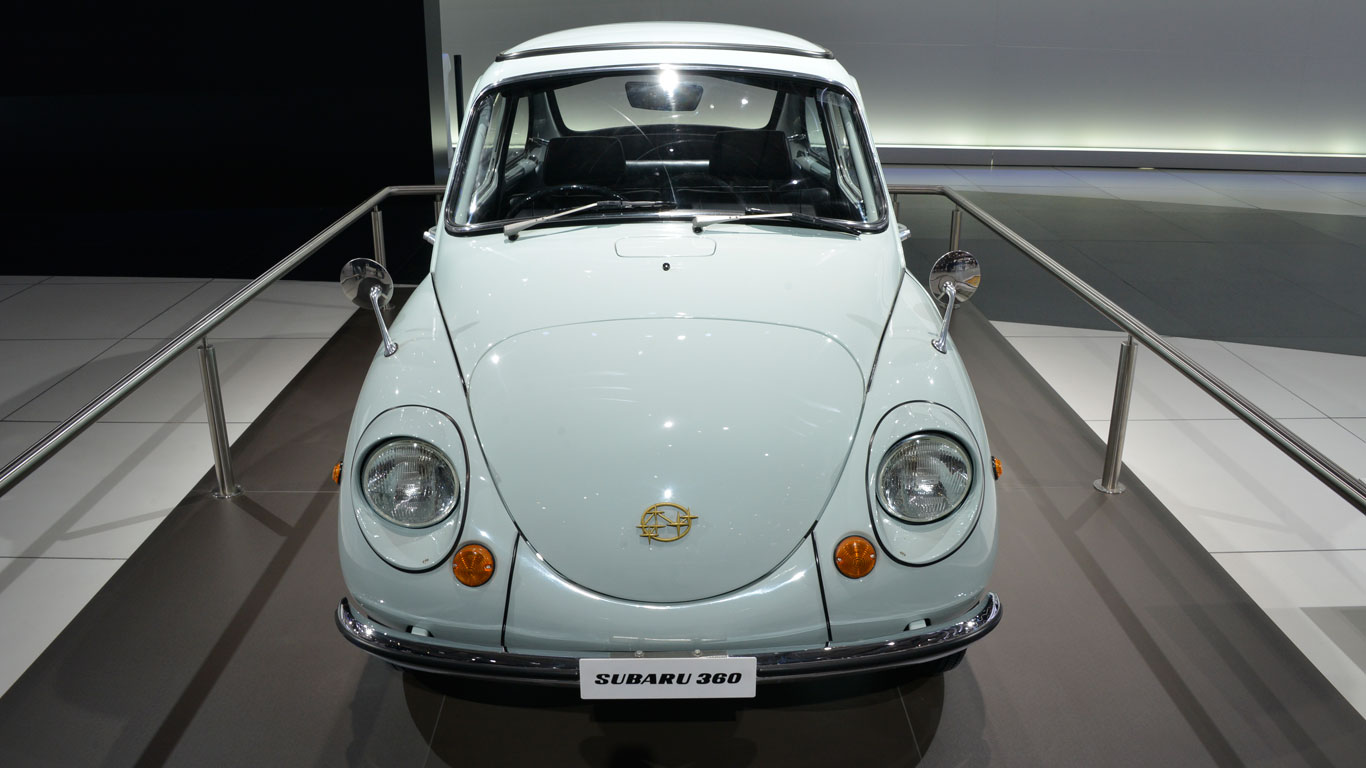
Subaru 360
© SubaruThe Subaru kei car took its name from its two-stroke 356cc engine. With 16hp on tap, it wasn’t exactly quick, but it offered accommodation for four adults. In its day, the 360 was a credible rival to the Volkswagen Beetle.
-
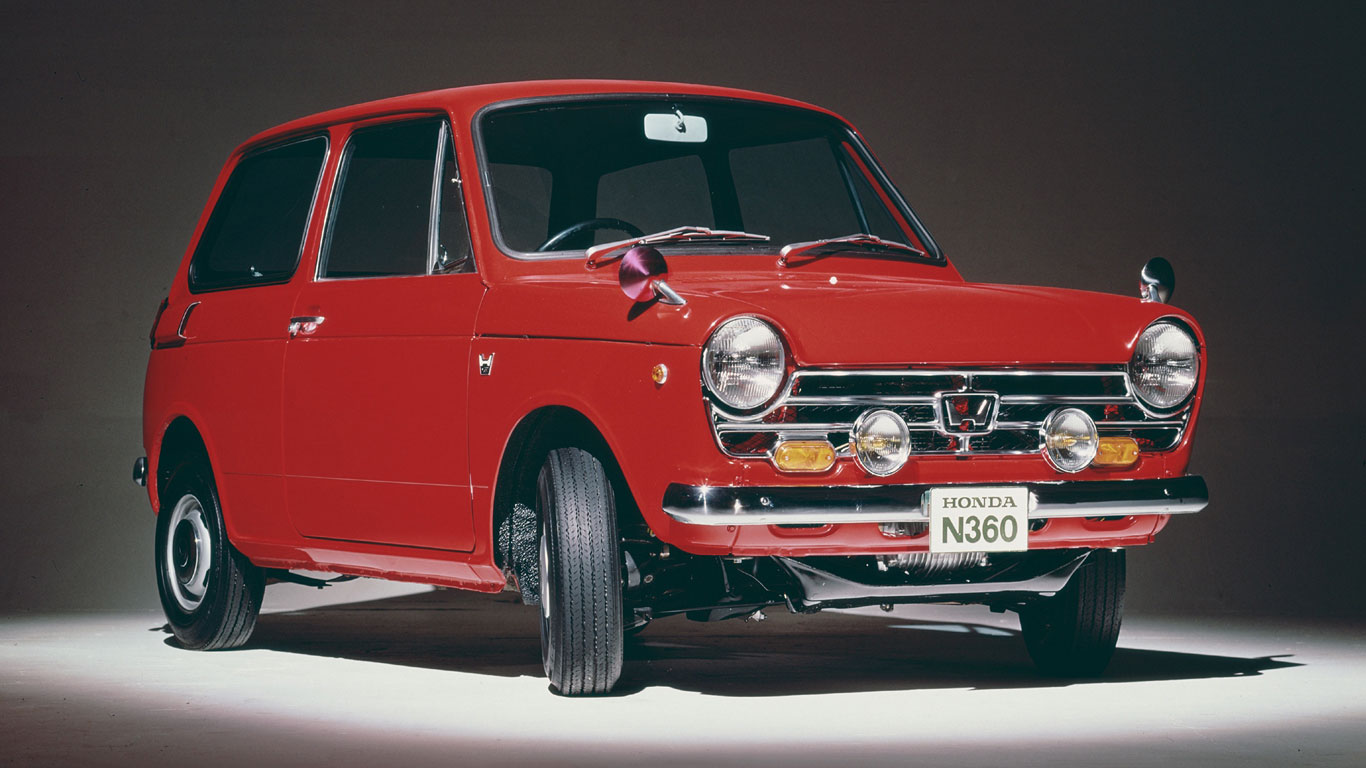
Honda N360
© HondaAs kei cars developed, they grew ever more sophisticated. The Honda N360 of 1967 was a sign the industry was finding its feet. Like the Subaru 360, this was a significant car.
-
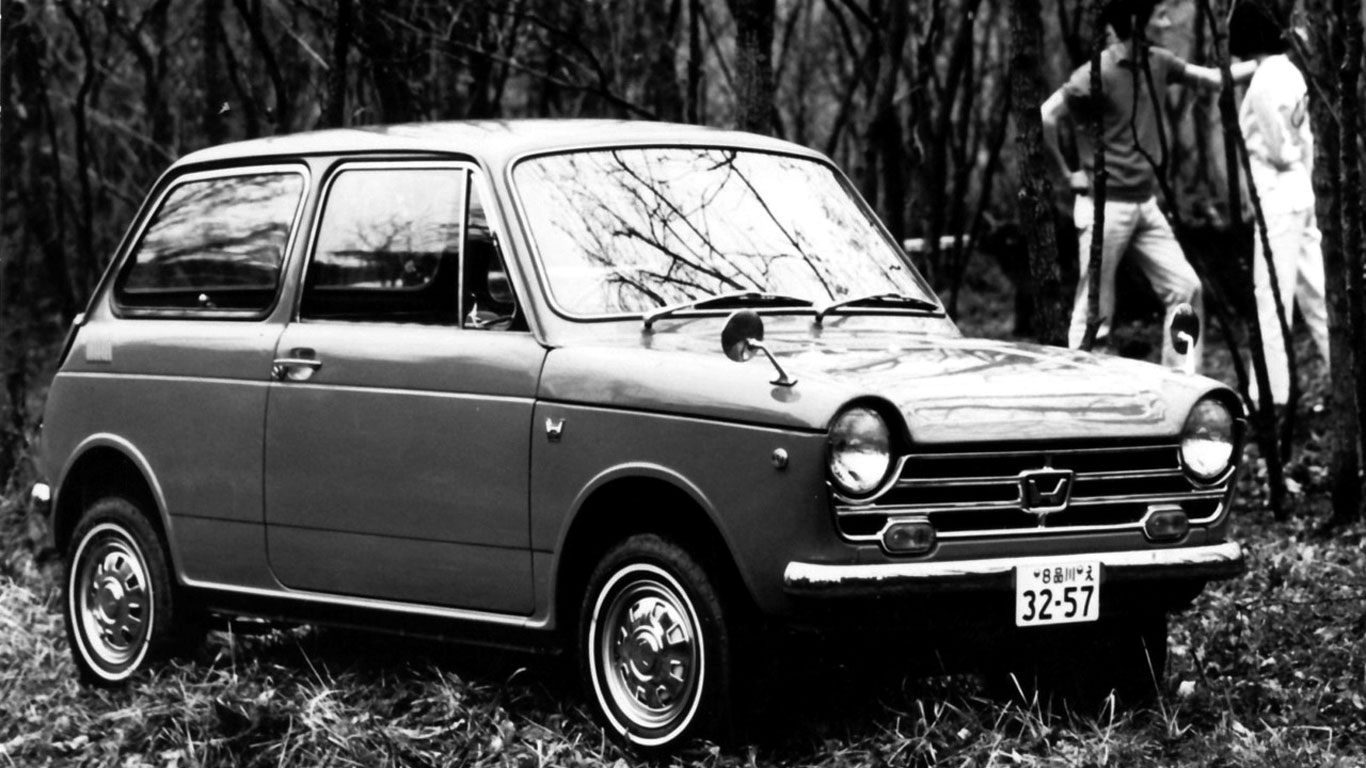
Honda N360
© HondaIt was powered by a 354cc engine taken from the Honda CB450 motorcycle, with the displacement reduced to comply with kei car legislation. In many ways, the Honda N360 was the Japanese Mini.
-
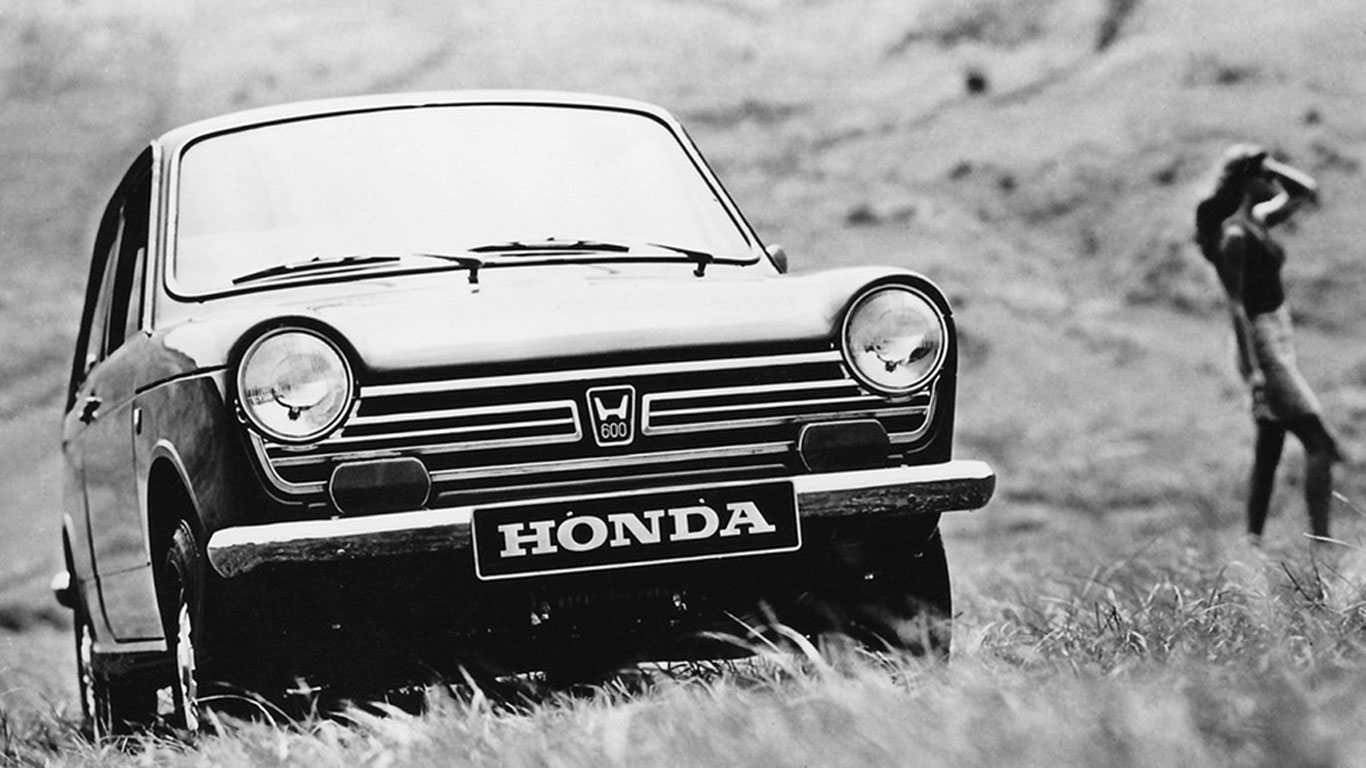
Honda N600
© HondaIndeed, the larger-engined N600 was developed for export markets and was the first Japanese car to be officially exported to the United States.
-
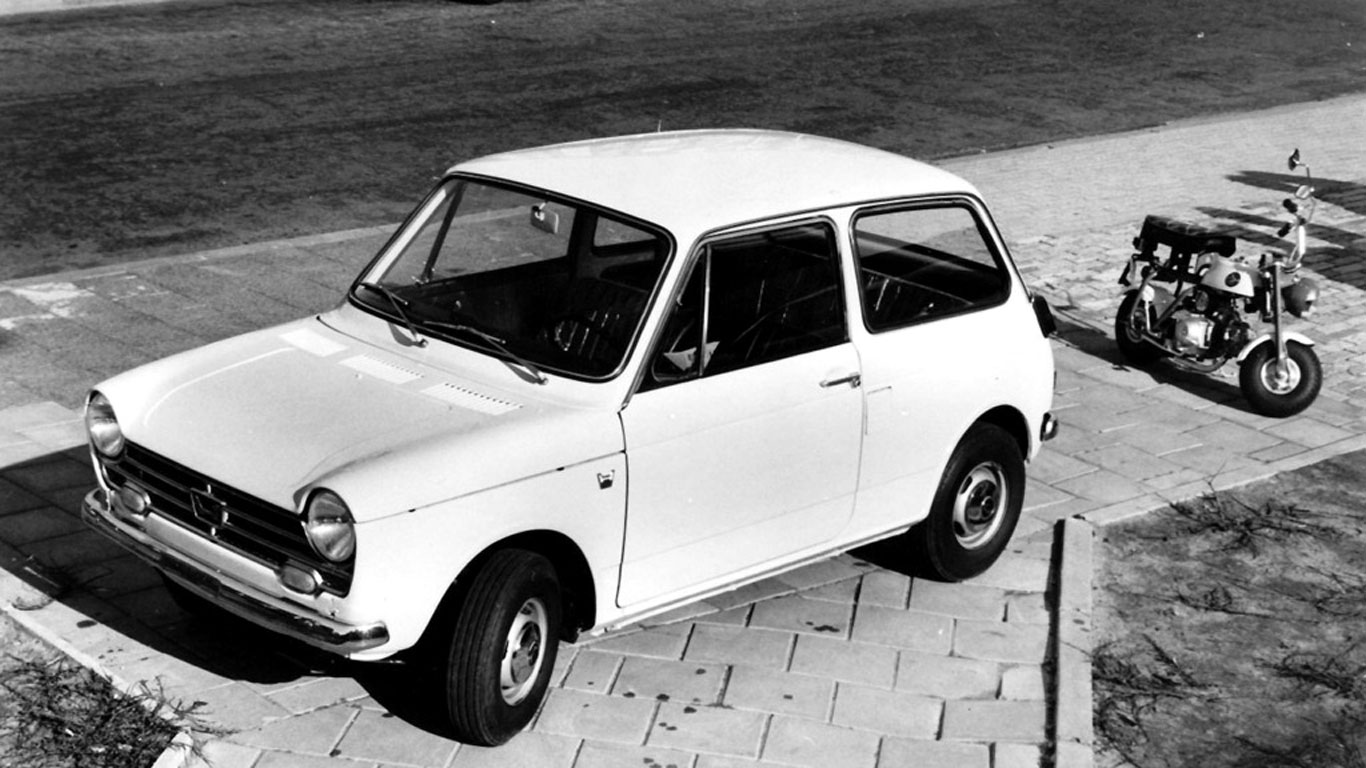
Honda N600
© HondaThe Honda N600 wasn’t hugely successful on the global stage, but it did pave the way for a certain Honda Civic, which arrived in 1973.
-
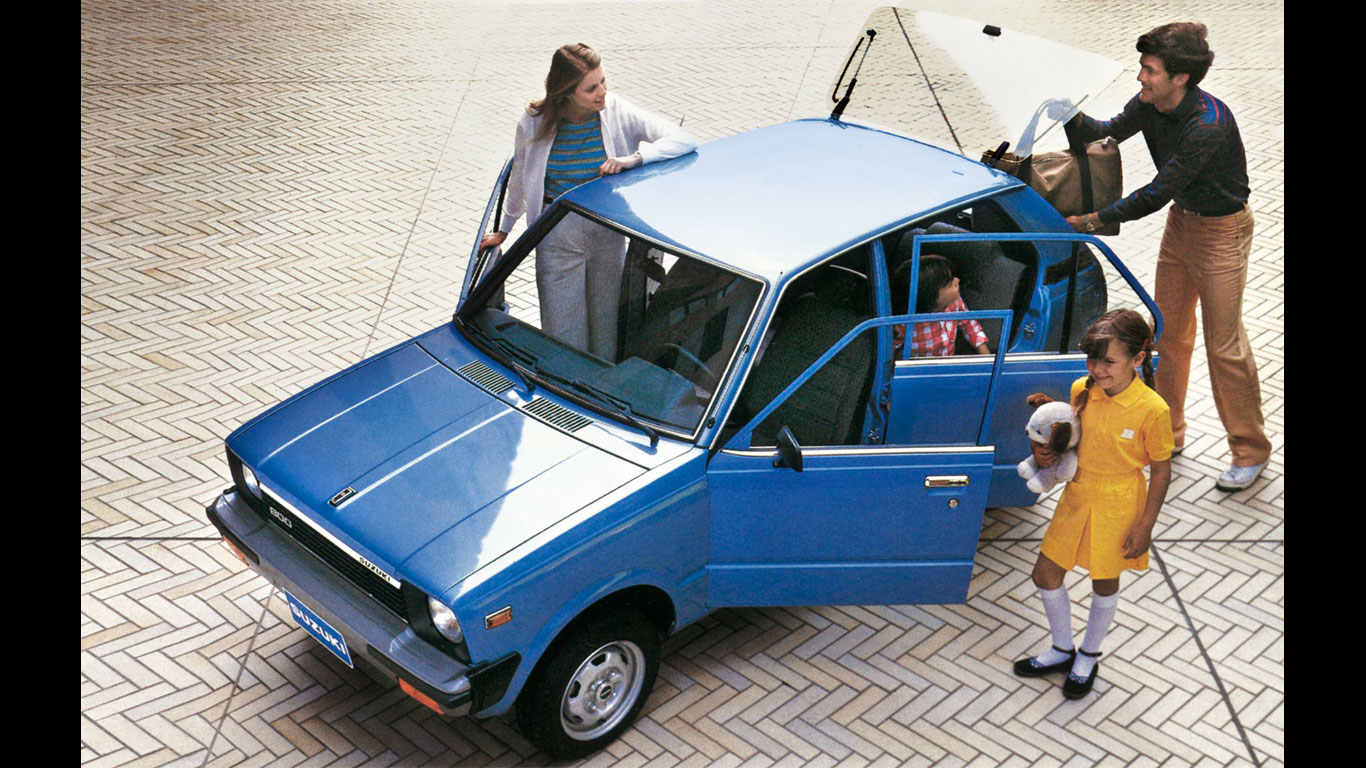
The 1970s
© SuzukiIn the 1970s, the kei car industry was coming under increasing pressure, with the Japanese government abolishing some of the benefits associated with ownership.
-
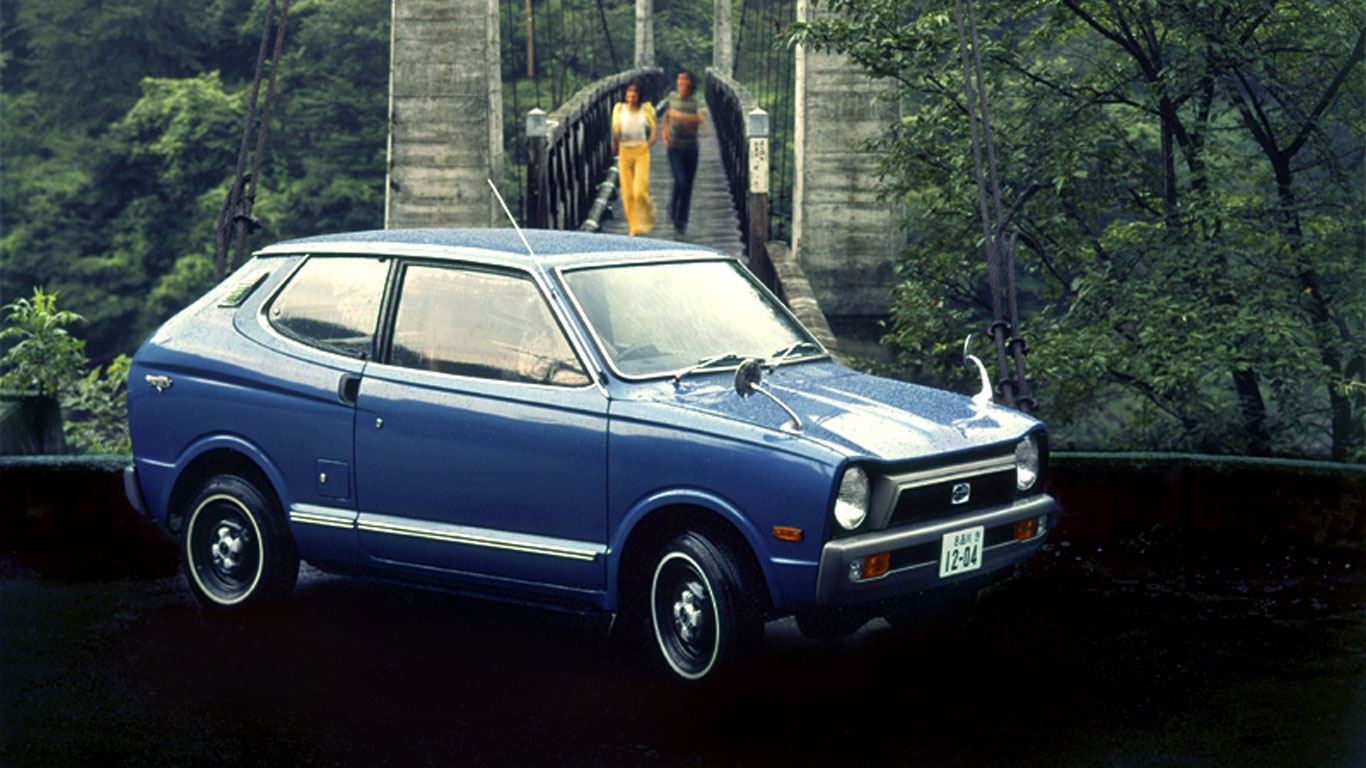
The 1970s
© HondaAt the same time, the car industry as a whole was facing tougher control on emissions, which had a big effect on kei cars. The sector declined, with Honda and Mazda ceasing kei car production, while continuing to build kei trucks.
-
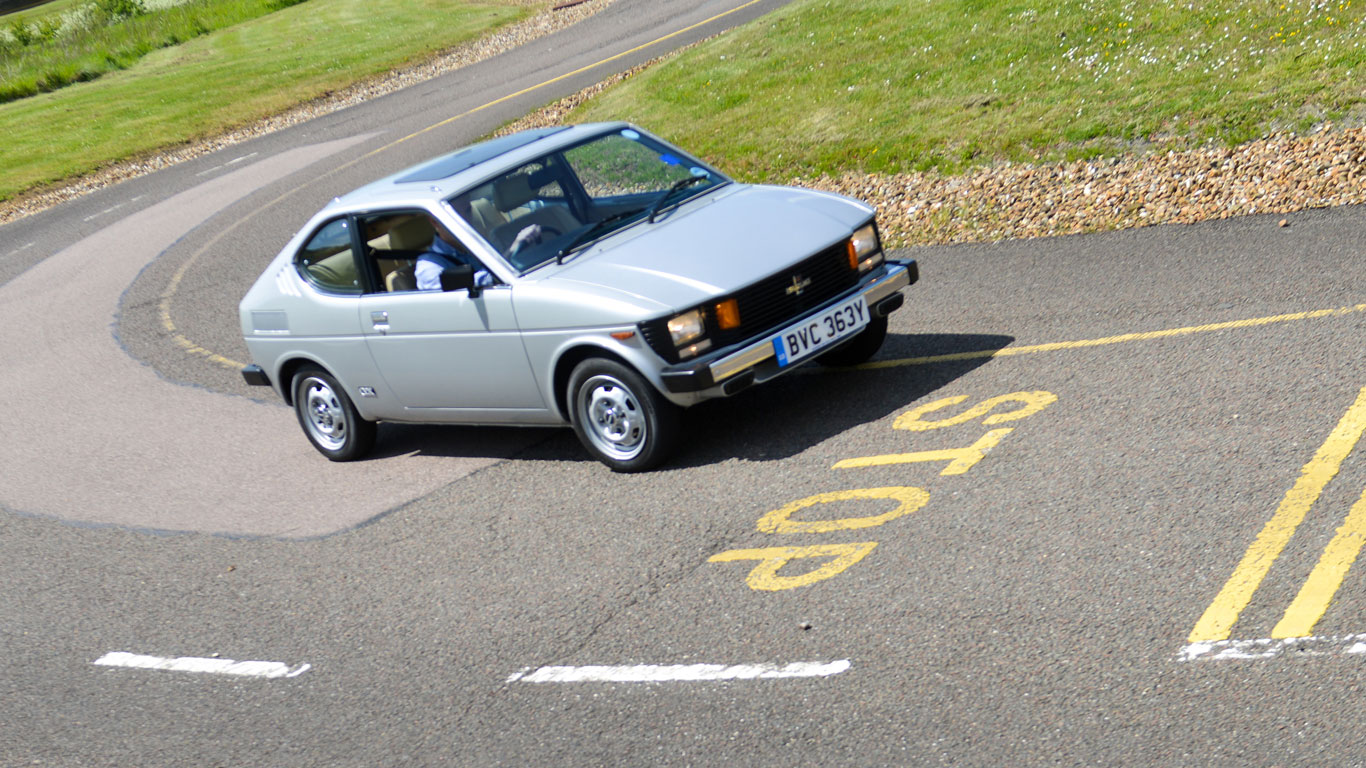
The kei car fights back
© SuzukiFrom the start of 1976, the kei car began to fight back. The Japanese government introduced a new 550cc limit, while agreeing that cars could be longer and wider.
-
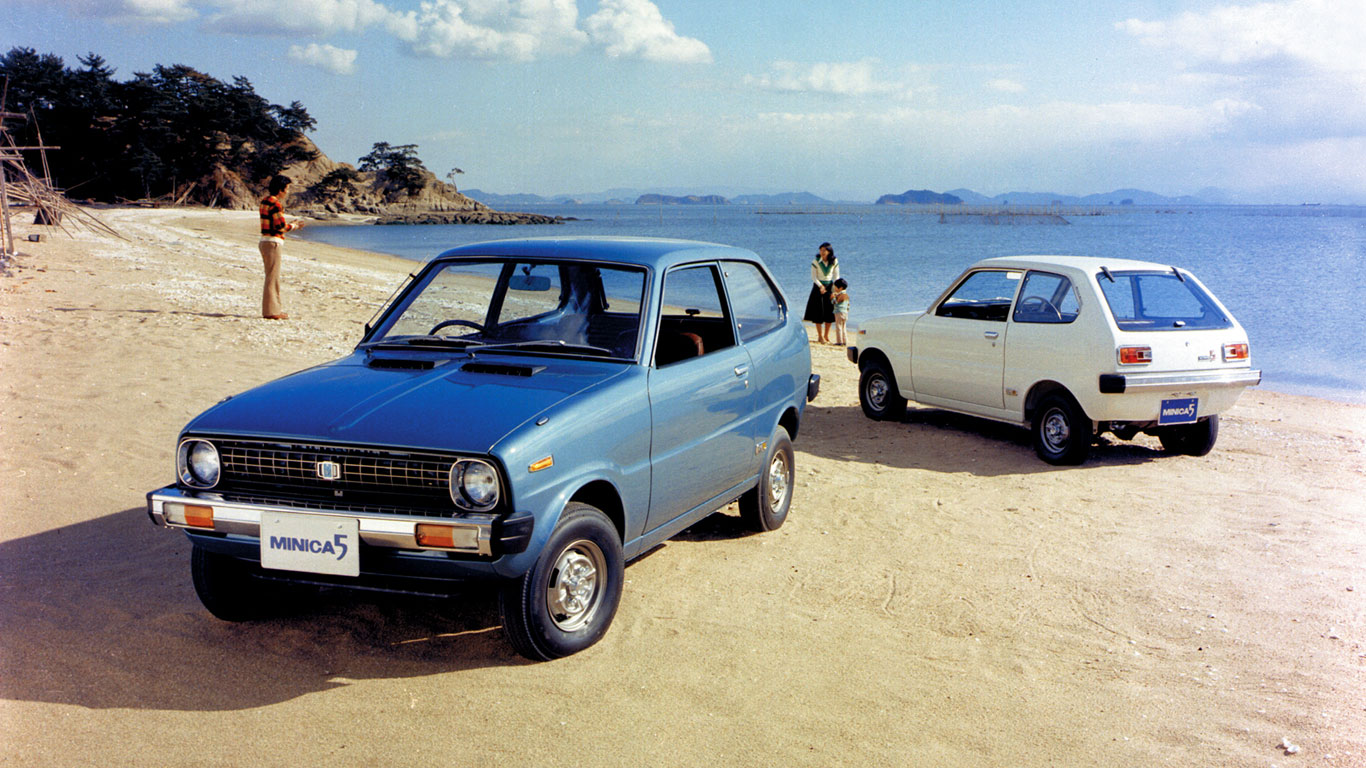
Longer, wider, better
© Minica5As a result, kei cars could be 200mm longer and 100mm wider, although with the government announcing the change in August 1975, carmakers had little time to react.
-
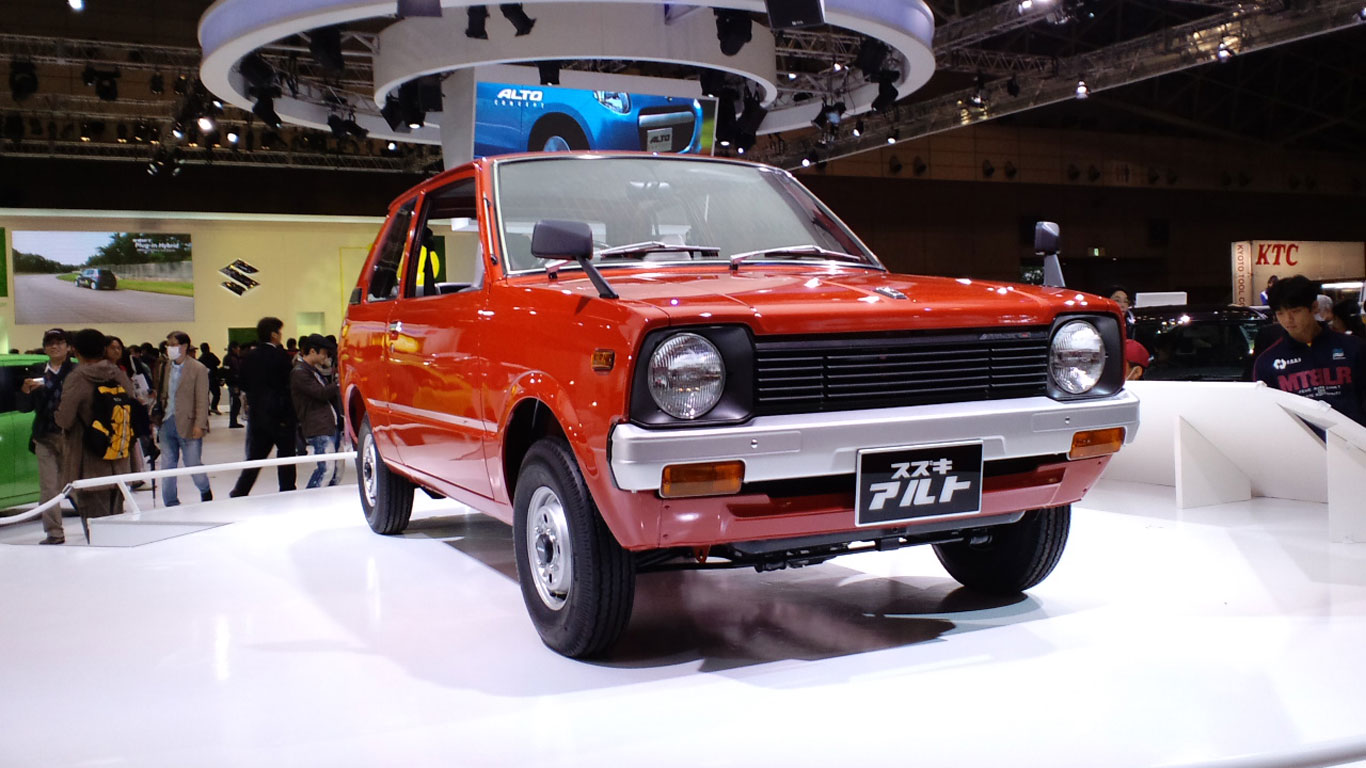
Boom time for the little car
© Iwao – FlickrAs carmakers developed new and better kei cars, sales increased. Kei cars were also a viable export proposition, with many heading for Europe.
-
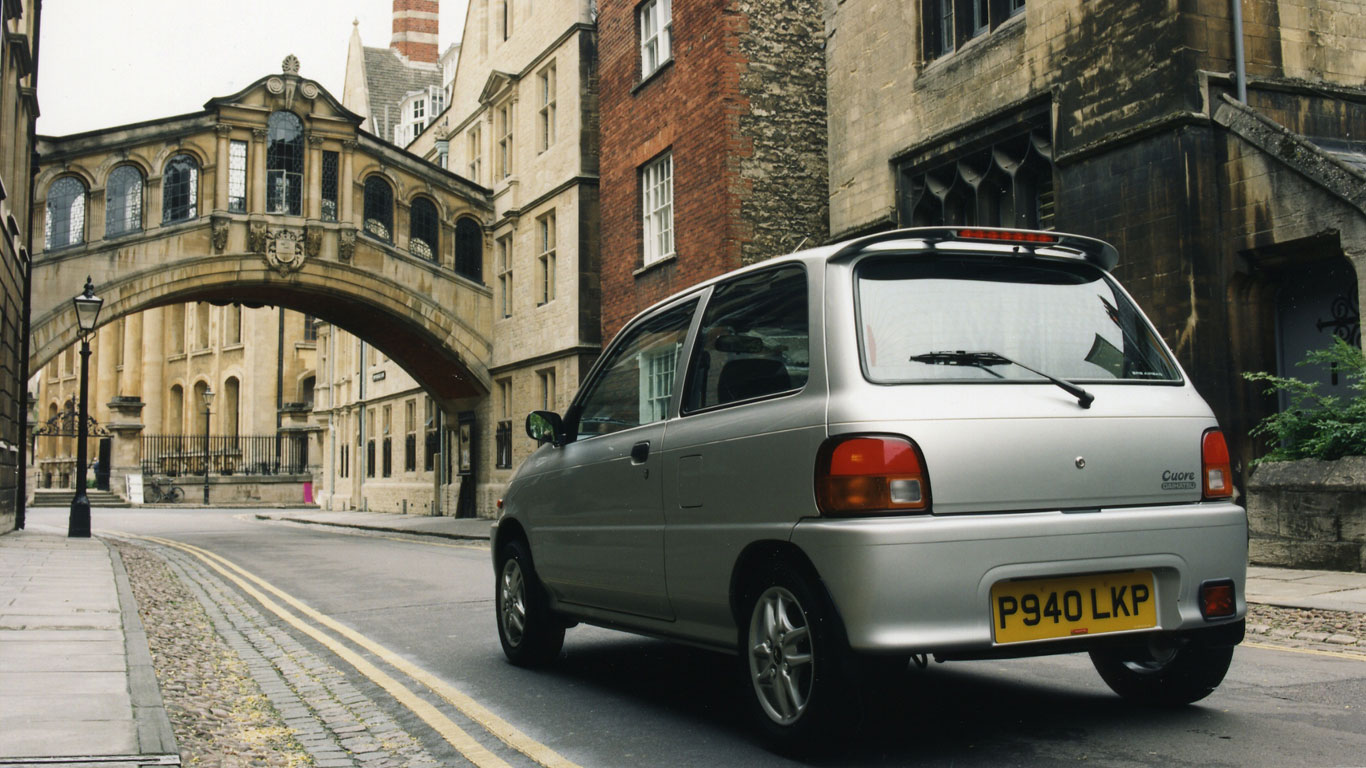
660: the number of the beast
© DaihatsuThe modern kei car was born in 1990. By allowing an extra 110cc and a 100mm longer bodyshell, the kei car had come of age. Many 660cc heroes were born.
-
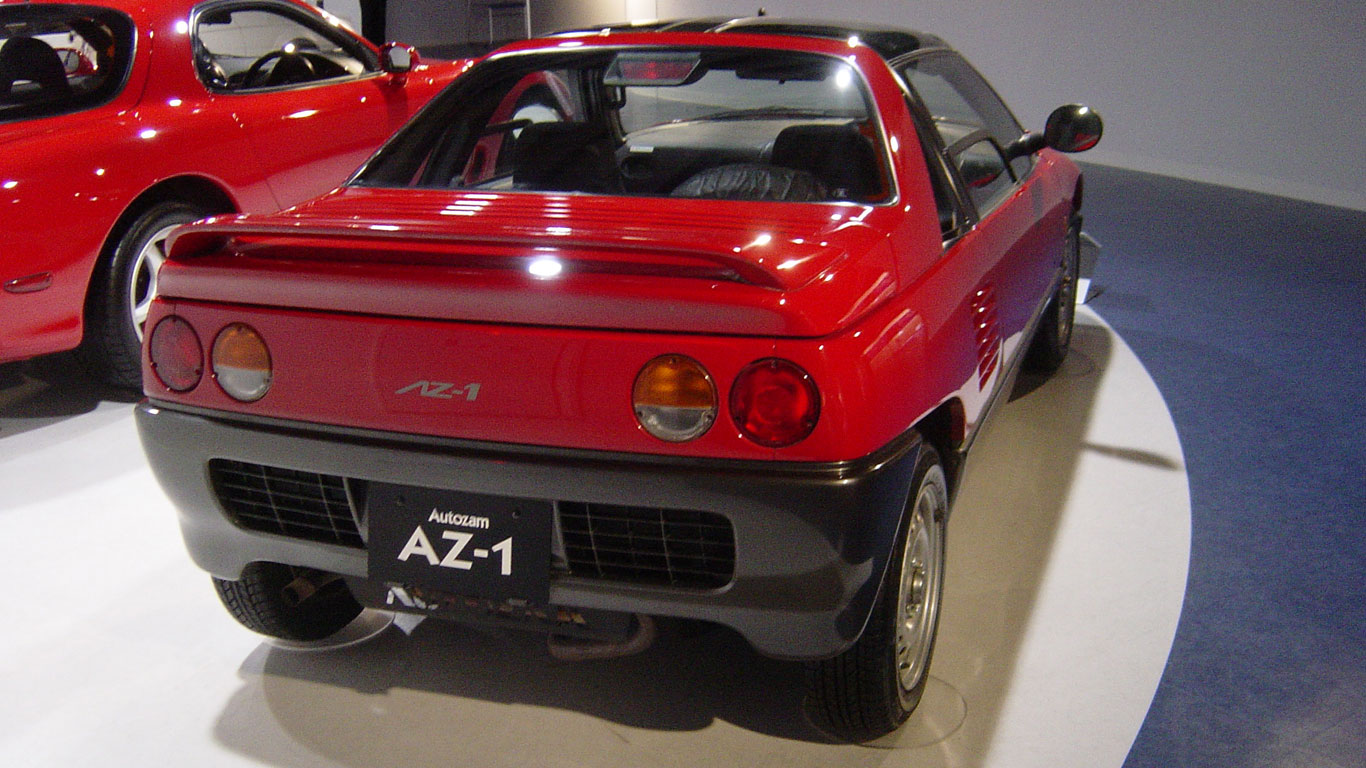
64hp limit
© Taisyo – WikipediaThe Japanese government introduced a 64hp limit, although the fitment of superchargers and turbochargers meant that carmakers could achieve startling performance figures and remarkable fuel economy.
-
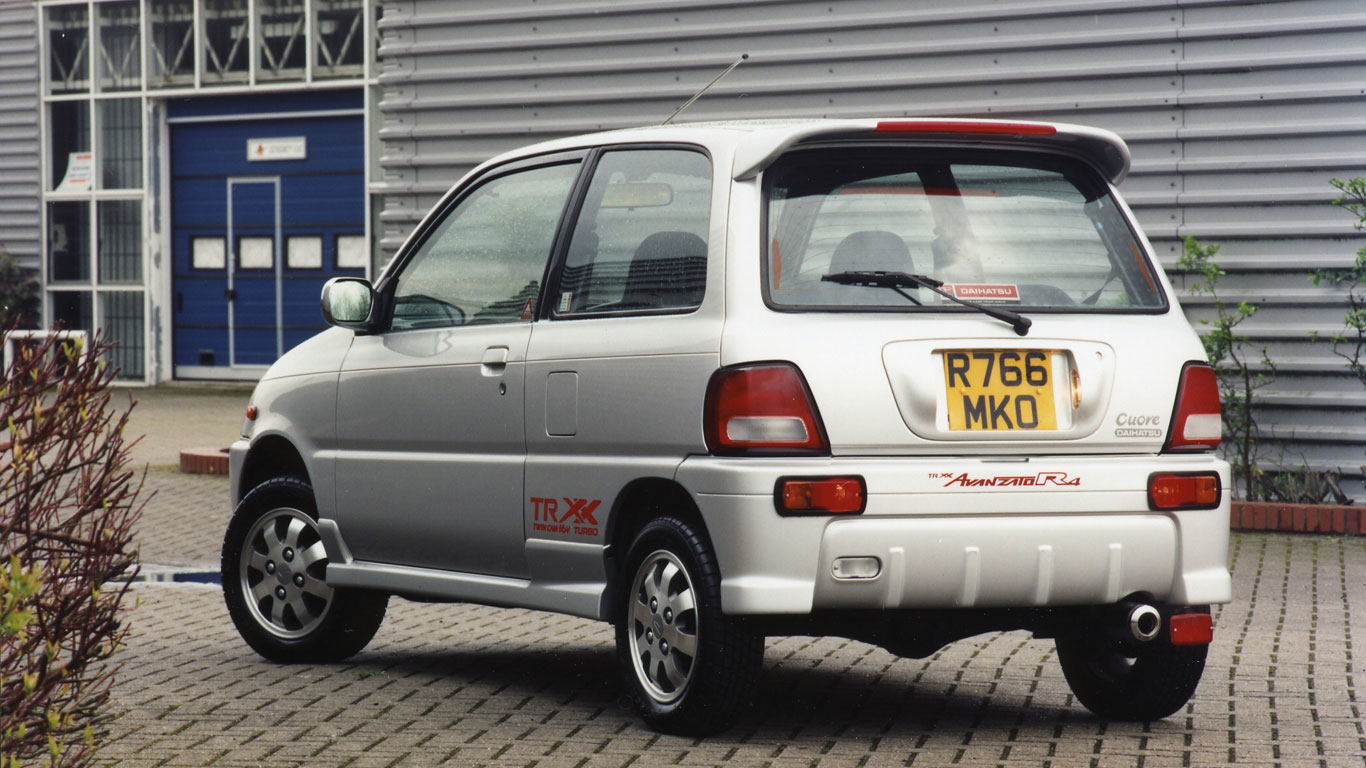
Legends were born
© DaihatsuAs we’ll reveal later in this gallery, many pint-sized legends were born, with the line between big and small growing ever more blurred.
-
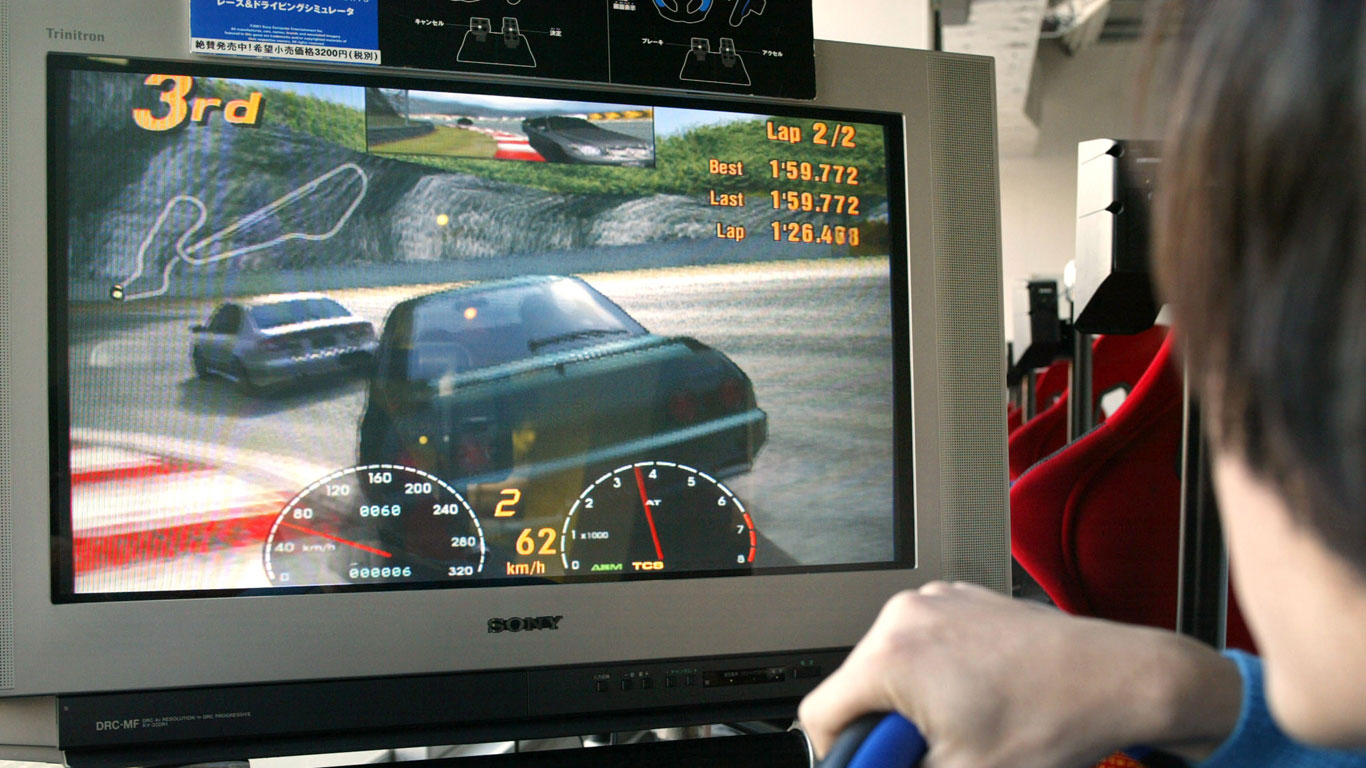
Gran Turismo
© Issei Kato – NewscomMany people were introduced to the wild and wonderful kei cars via the Gran Turismo PlayStation game, first introduced at the end of 1997.
-
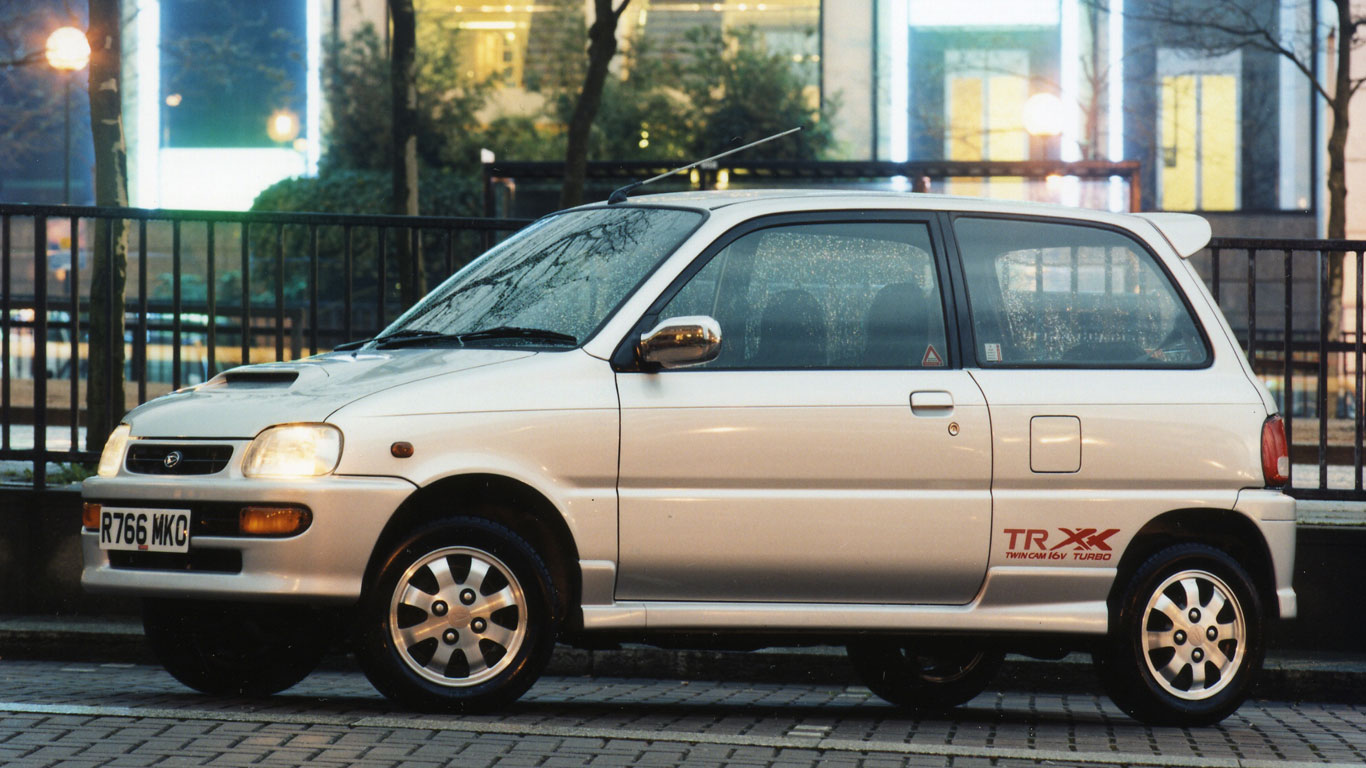
On a loose leash
© DaihatsuCrucially, the kei car regulations only restrict physical size and engine displacement, leaving carmakers to play with rear-wheel drive, four-wheel drive, turbochargers, superchargers, automatic transmissions and CVTs.
-
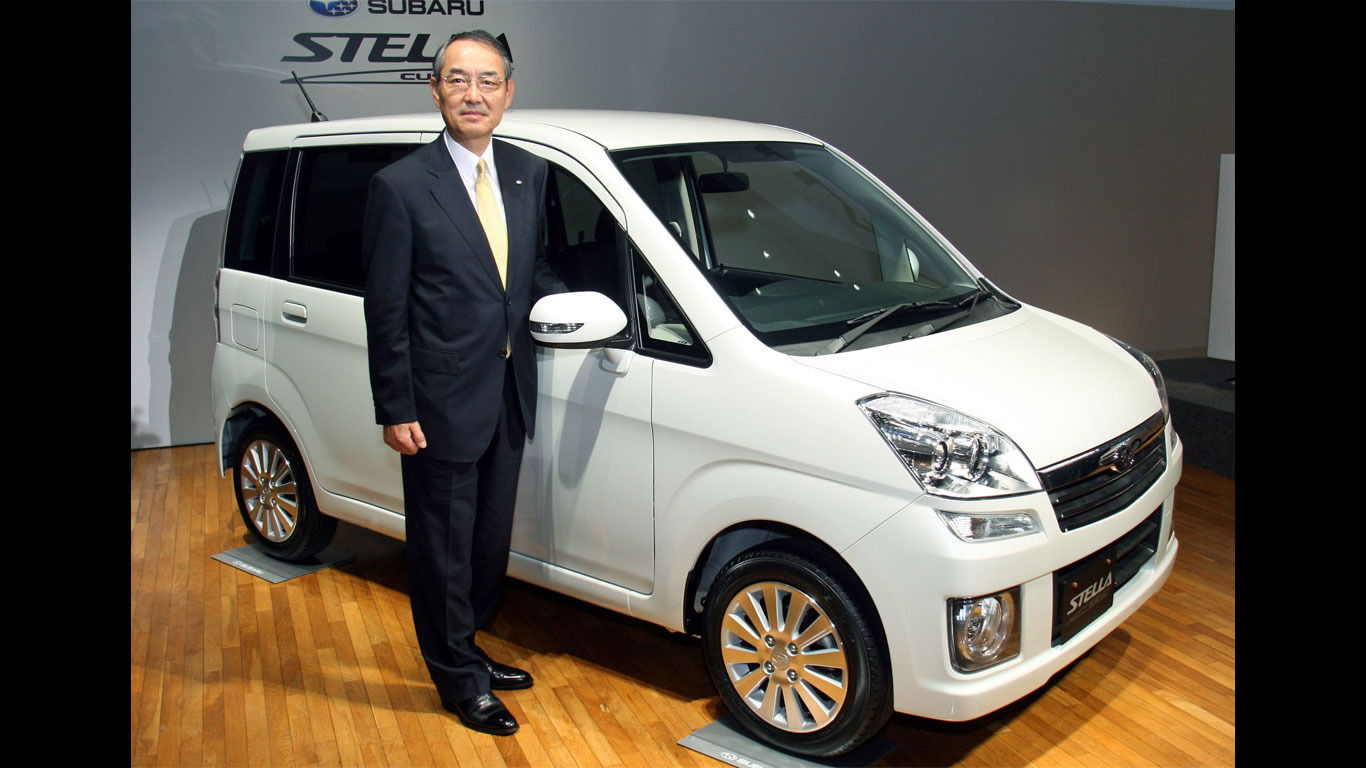
No more Subaru kei cars
© BloombergIn 2011, Subaru – one of the sector’s pioneers – ceased building kei cars, bringing to an end 54 years of production. But Subaru didn’t leave the sector altogether, as the current Stella is built by Daihatsu.
-
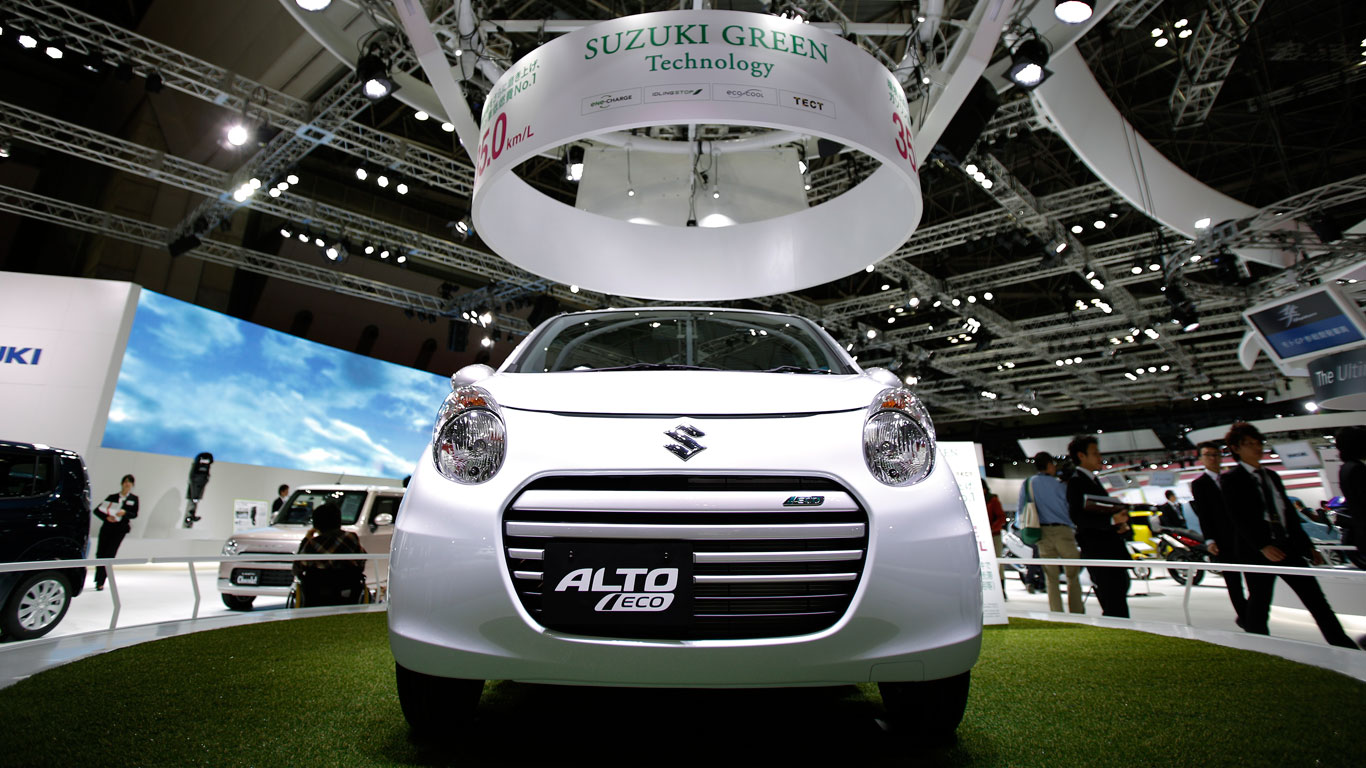
30 percent of sales
© BloombergIn 2013, The Japan Times reported that kei cars accounted for 30 percent of sales in Japan, with the US claiming they provide an unfair barrier to trade. In effect, a third of the customer base is unavailable to foreign carmakers.
-

Up to 40 percent of sales
© Enny Nuraheni – NewscomBy the end of 2014, kei cars accounted for a staggering 40 percent of sales in Japan, with a record 2.3 million tiny cars finding new homes.
-
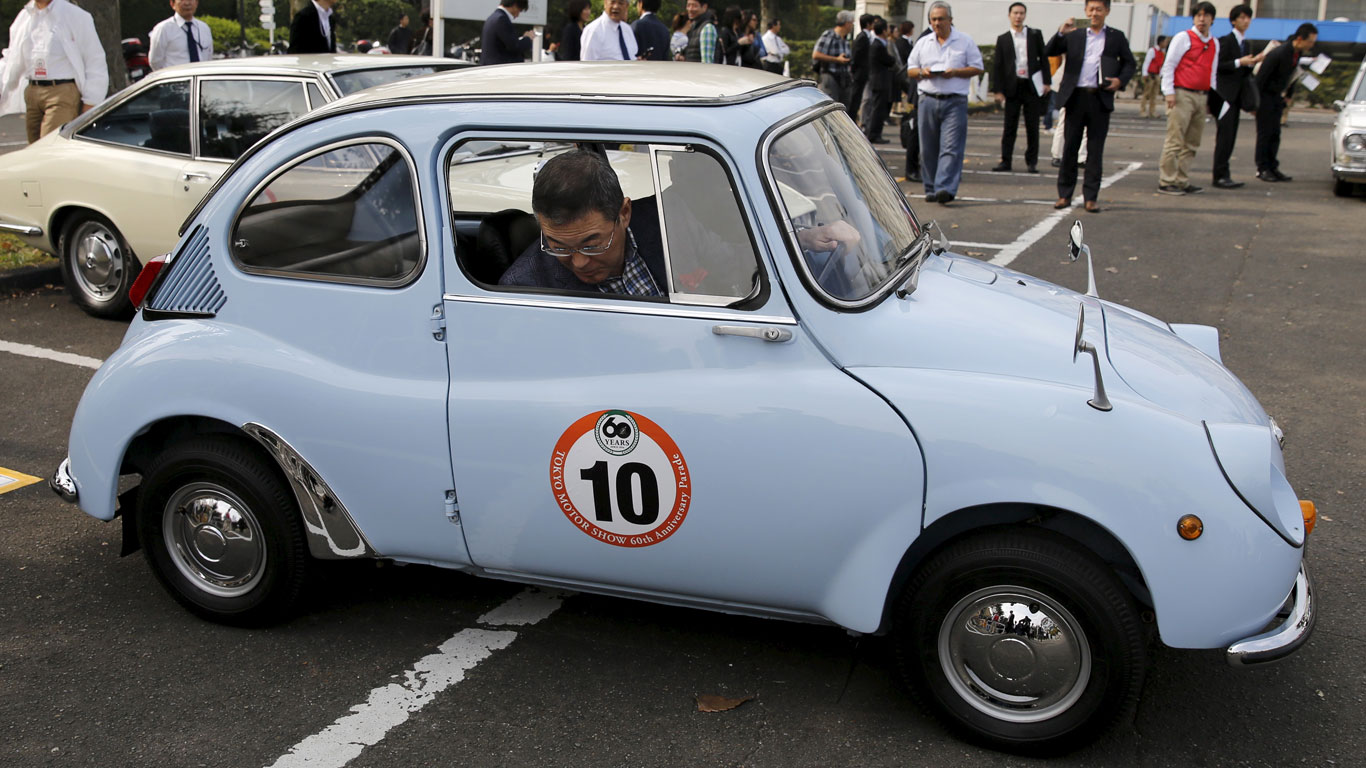
Higher tax on kei cars
© Toru Hanai – NewscomConcerned that its carmakers were focusing too much on the domestic market, Japan’s government introduced a higher tax on kei cars in 2015. How times have changed. This photo shows Yasuyuki Yoshinaga of Fuji Heavy Industries driving a Subaru 360.
-
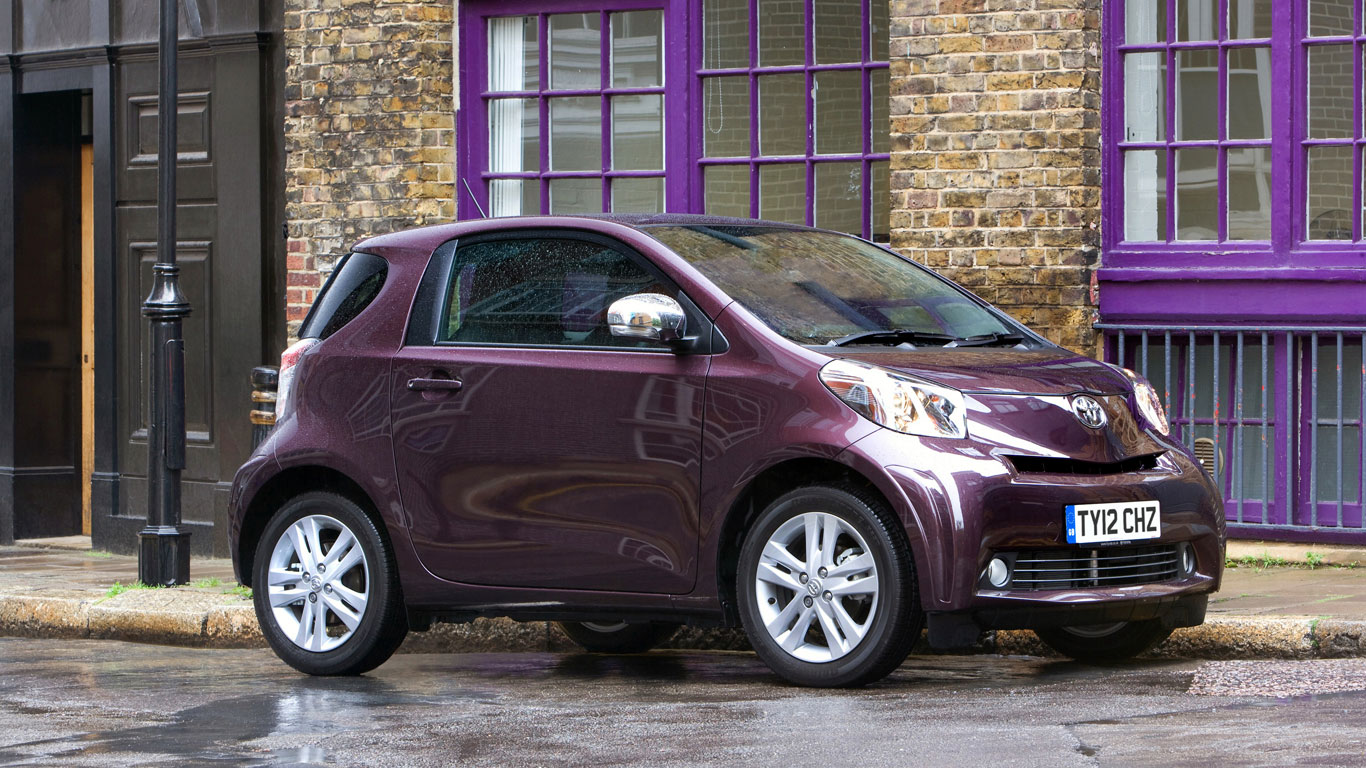
Toyota iQ
© ToyotaBut not all Japanese small cars are kei cars. The Toyota iQ is a good case in point. It’s beautifully packaged, but too wide to qualify. Its 1.0-liter engine is also too big.
-
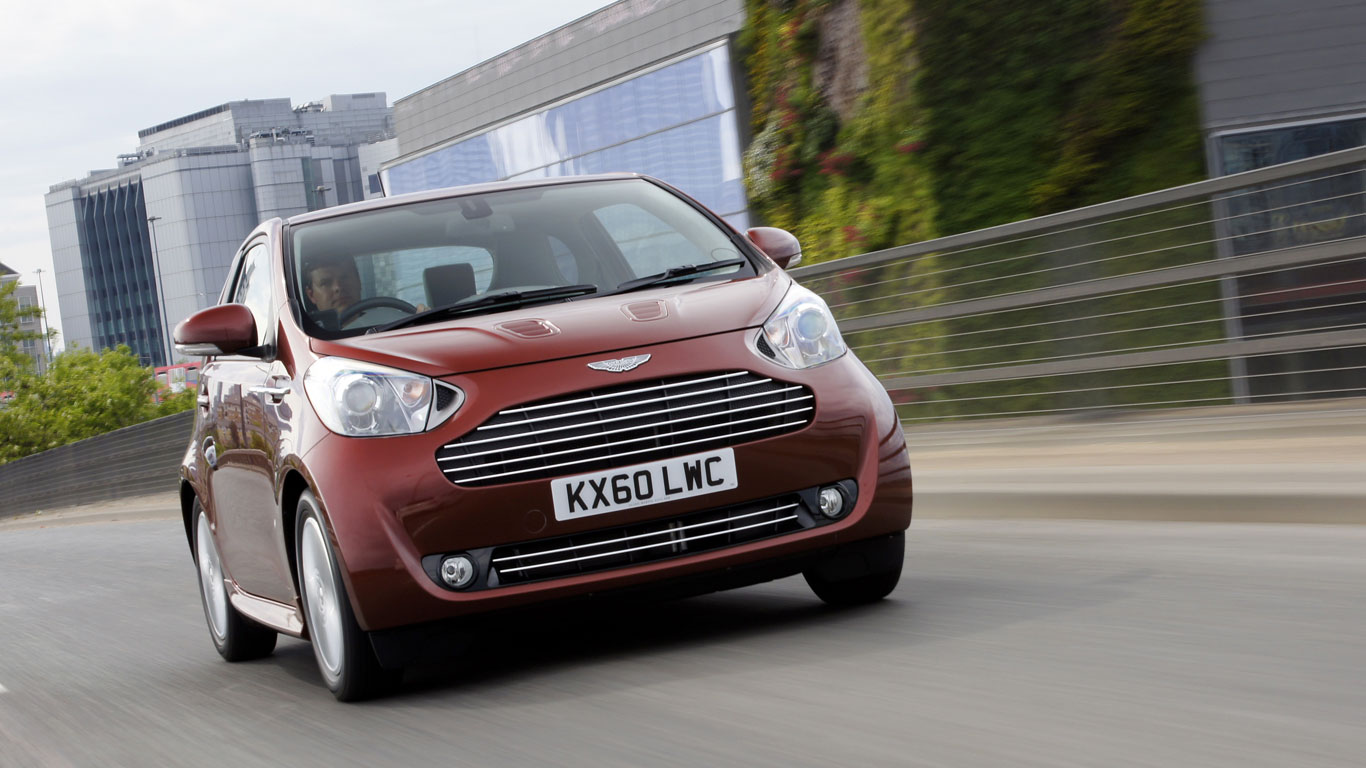
Aston Martin Cygnet
© Aston MartinWhich means the Aston Martin Cygnet doesn’t register as a kei car. Shame – that might have given it a much-needed sales boost.
-
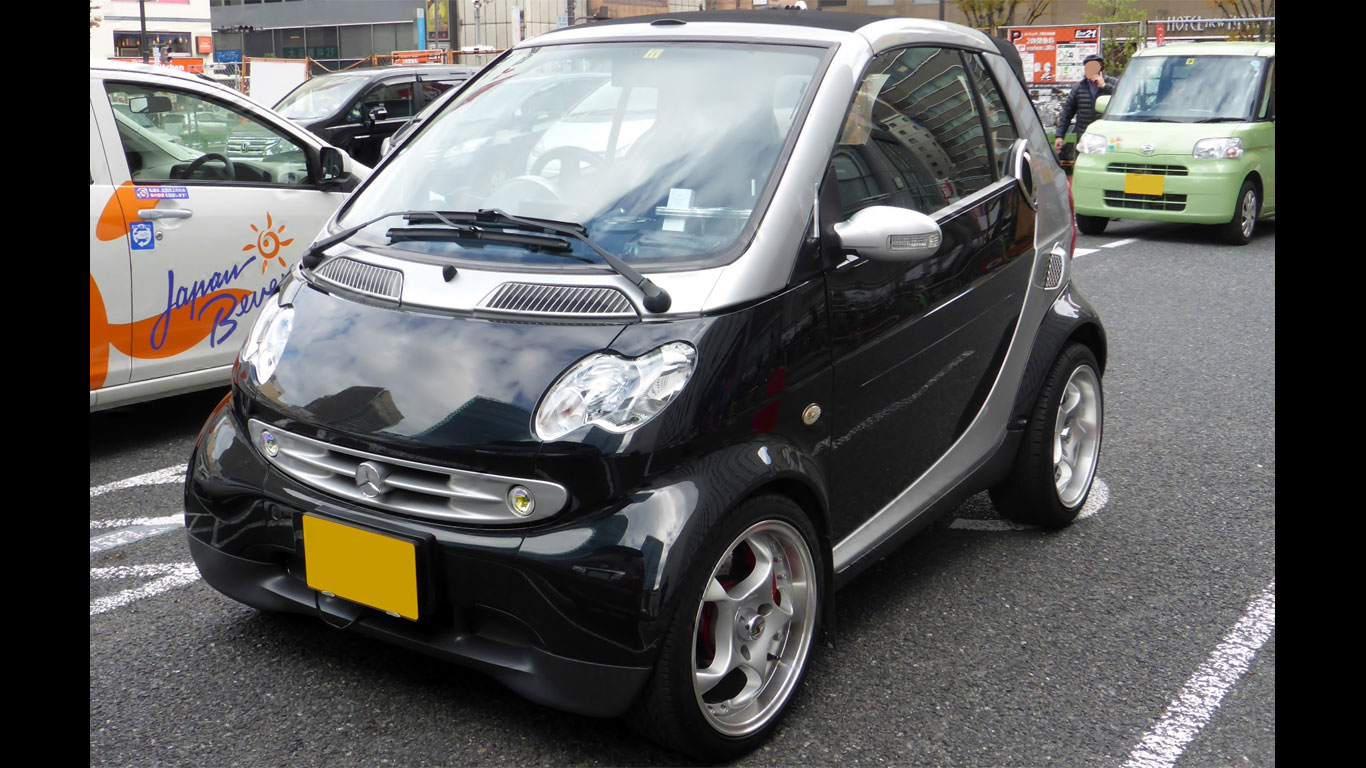
Smart K
© Tokumeigakarinoaoshima – WikipediaIn the meantime, the Smart K is probably the closest you’ll get to a European-spec kei car. Sold between 2001 and 2004, the Smart K was essentially a Fortwo after a few hours with an angle grinder.
-
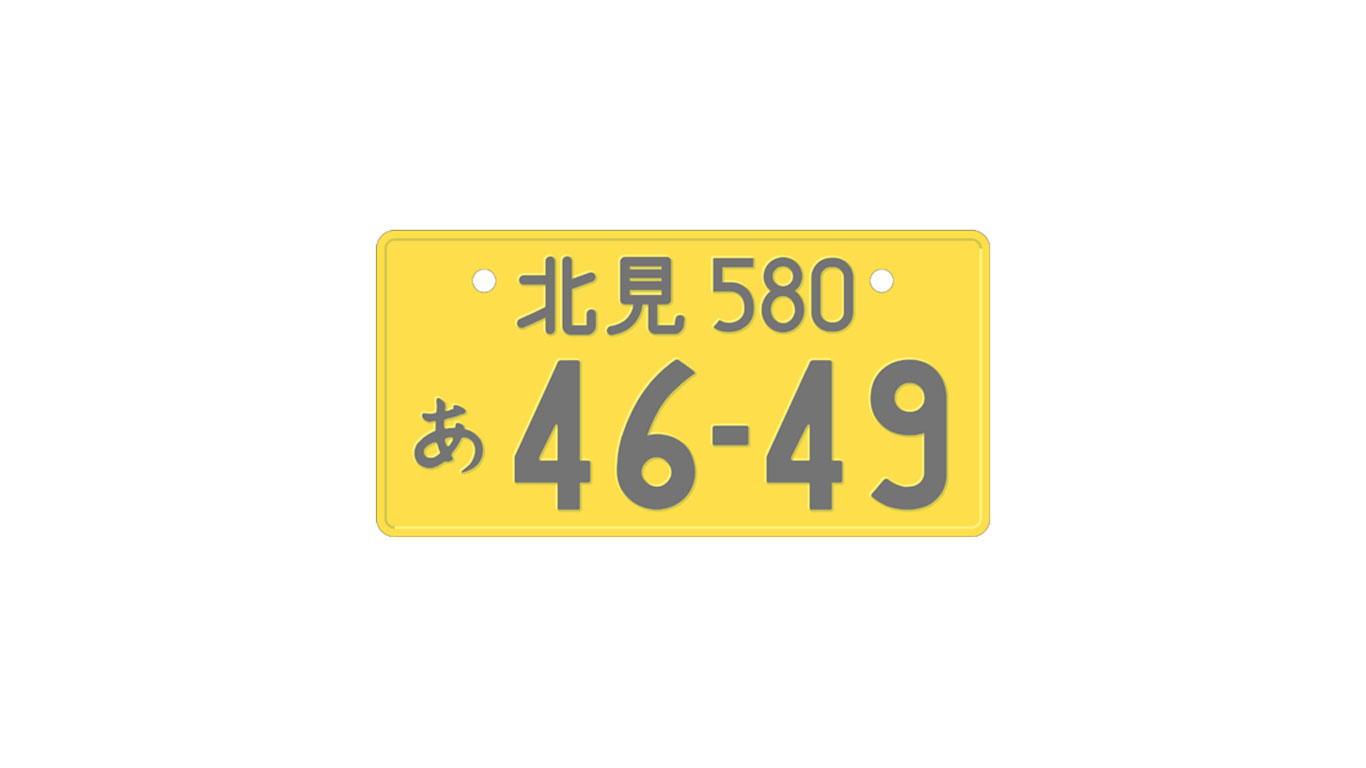
How to spot a kei car in the wild
© Strela290 – WikipediaIn Japan, kei cars are notable for their yellow number plates, earning them the nickname ‘yellow-plate cars’. For private cars, it’s black writing on yellow plates, while commercial vehicles feature yellow on black.
-
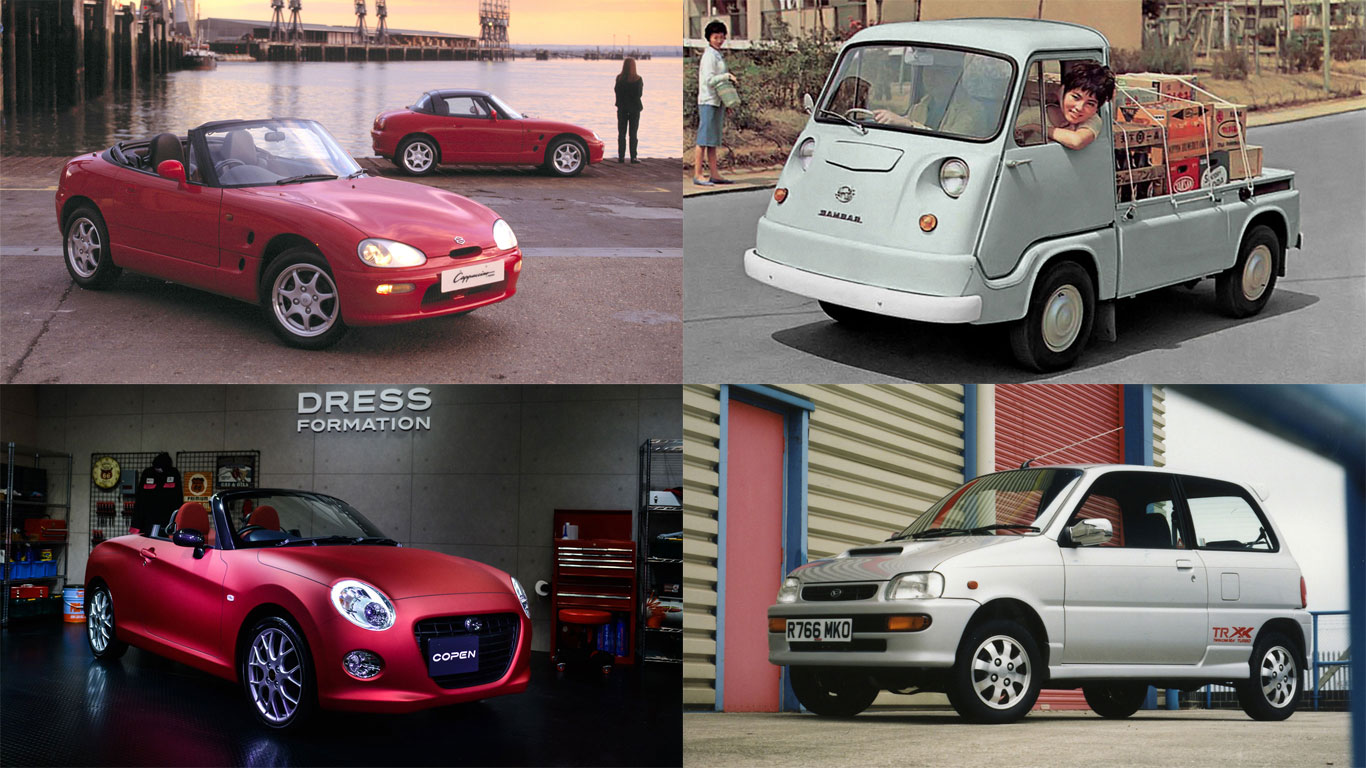
Our favourite miniature heroes
© Motoring ResearchAll that’s left to do is a quick-fire rundown of our favourite kei cars – our miniature heroes. Start the countdown, here is our pick of the tots.
-
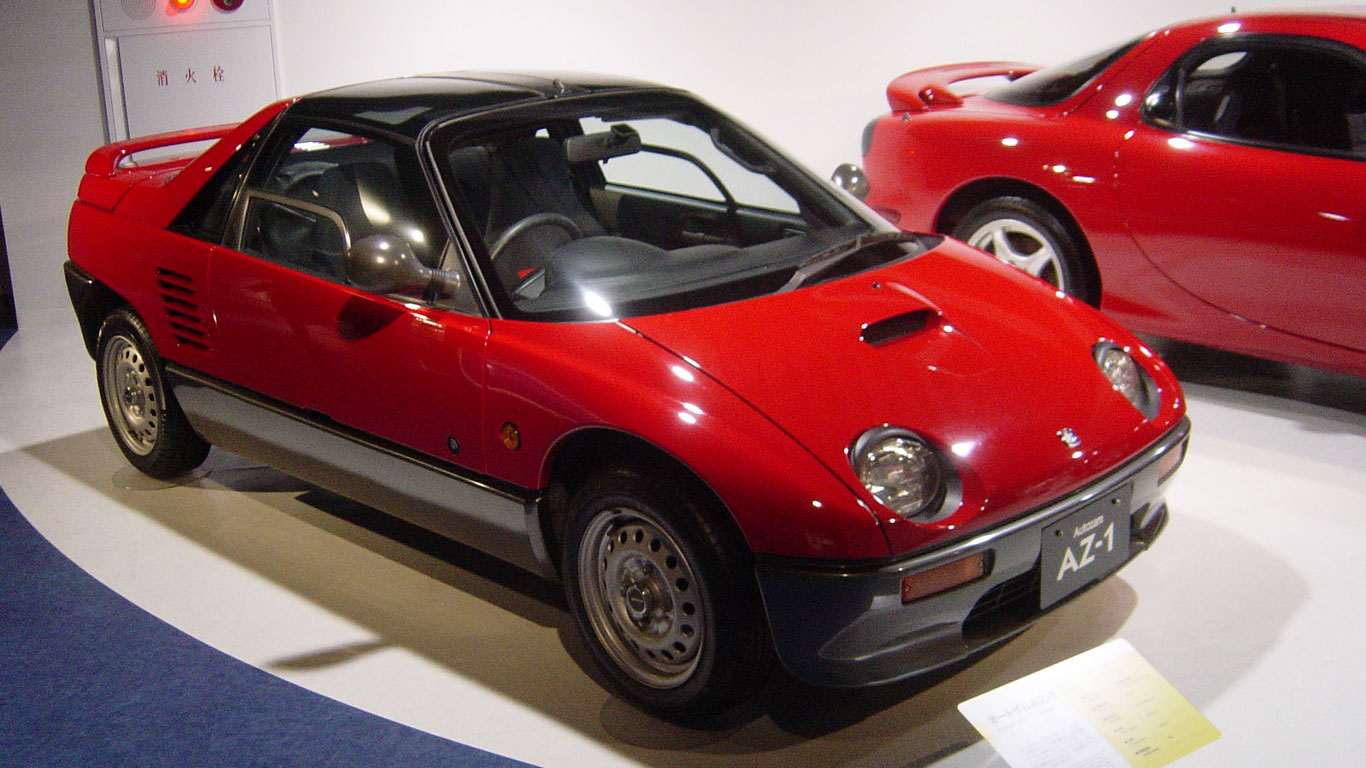
Autozam AZ-1
© Taisyo – WikipediaArguably the coolest kei car of all time, this is the Autozam AZ-1. It was designed and built by Suzuki, but sold by Mazda through its Autozam brand. It is, of course, notable for its ‘gullwing’ doors.
-
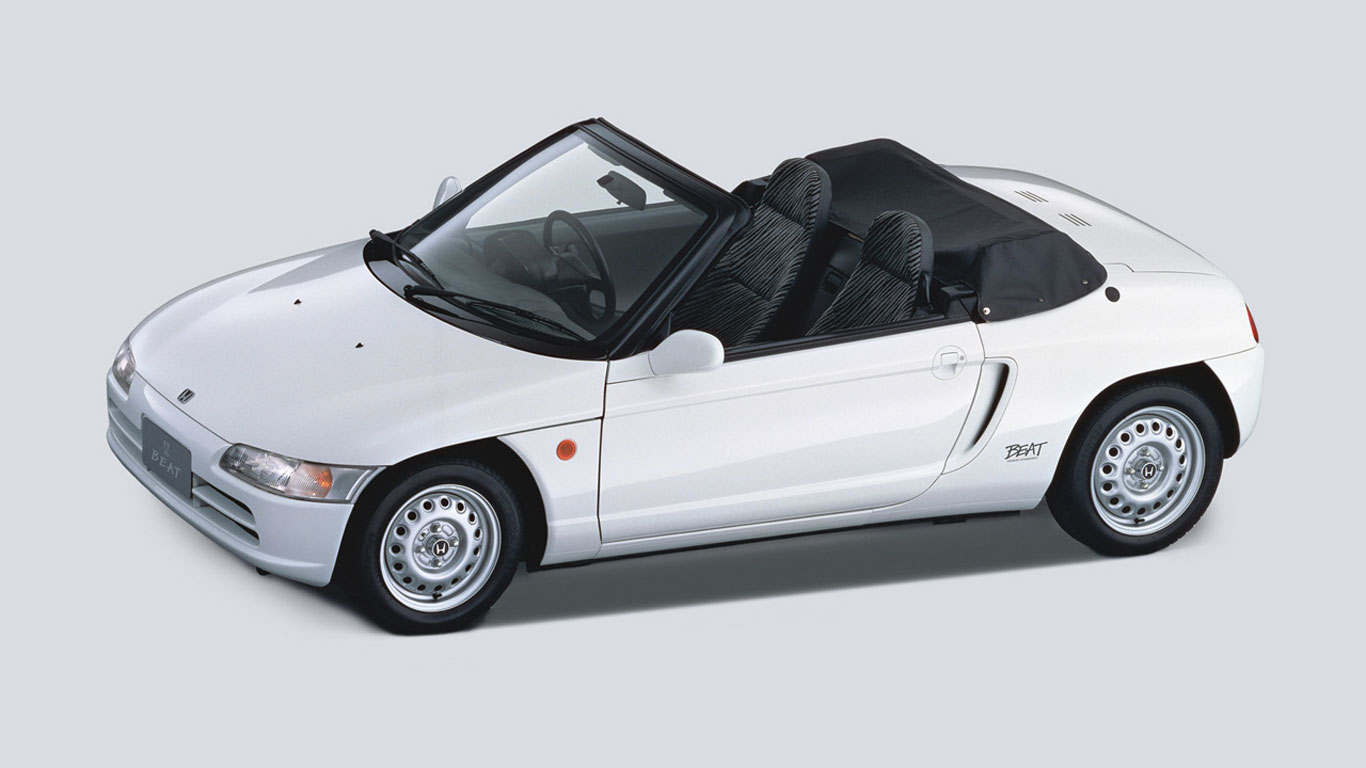
Honda Beat
© HondaThe Pininfarina-designed Honda Beat was built between 1991 and 1996, during the glory years of the kei car. It was the final car approved by Soichiro Honda before he died in 1991.
-
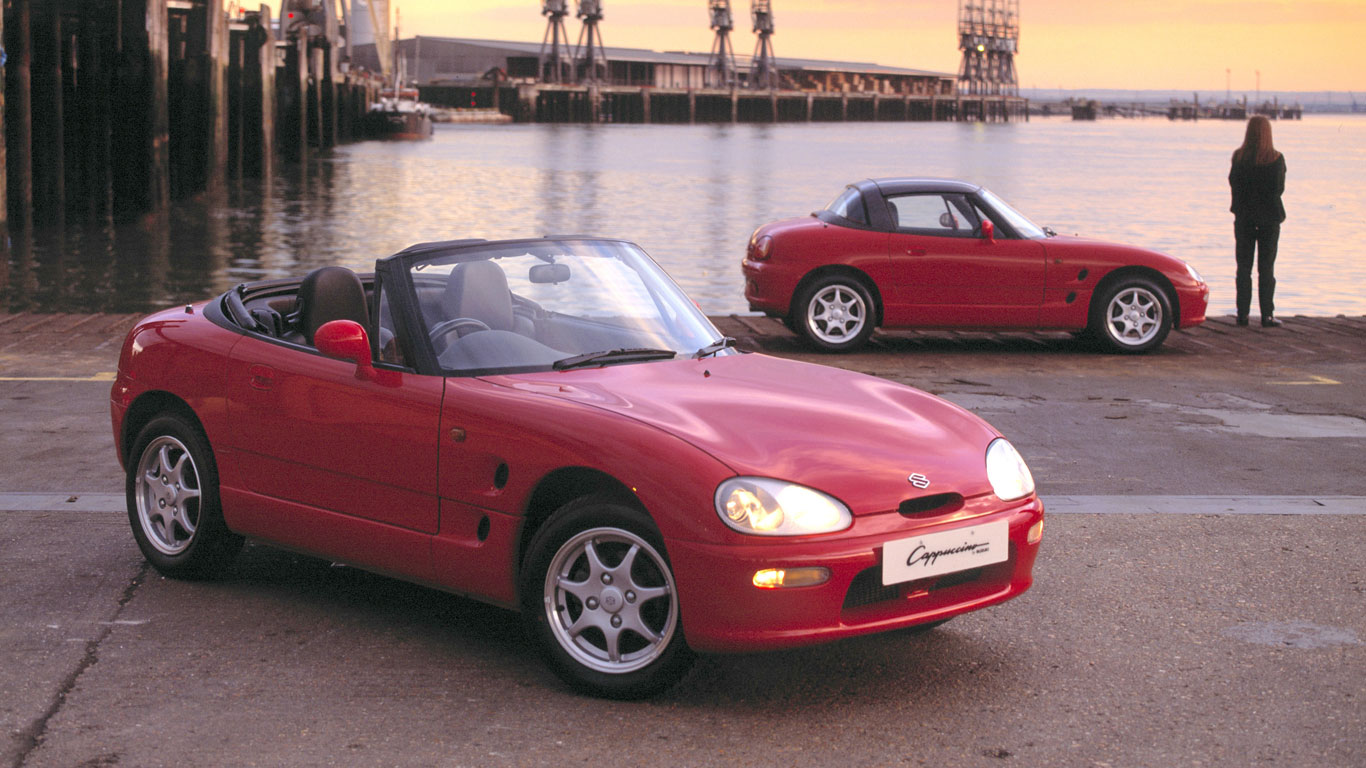
Suzuki Cappuccino
© SuzukiCompleting the holy trinity of kei cars, otherwise known as the ABC (AZ-1, Beat and Cappuccino) is Suzuki’s only sports car. It looks like the tiny offspring of a Dodge Viper and Mazda MX-5. Which is no bad thing.
-
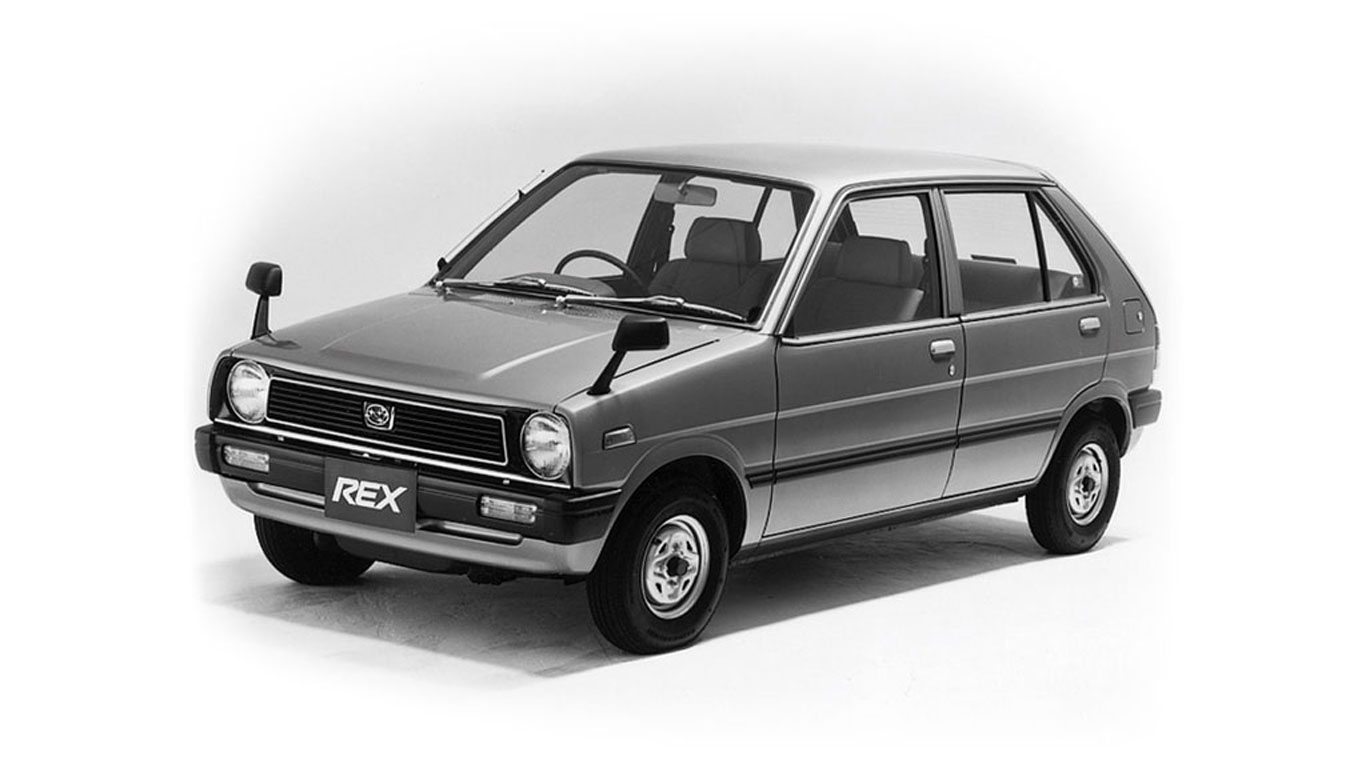
Subaru Rex
© SubaruThe Subaru Rex has been around in one form or another since 1972, replacing the earlier R-2. We love the second generation for its Mk1 Golf styling and the ‘Dinos Rex’ trim level, the first car to be available via mail order catalogue.
-
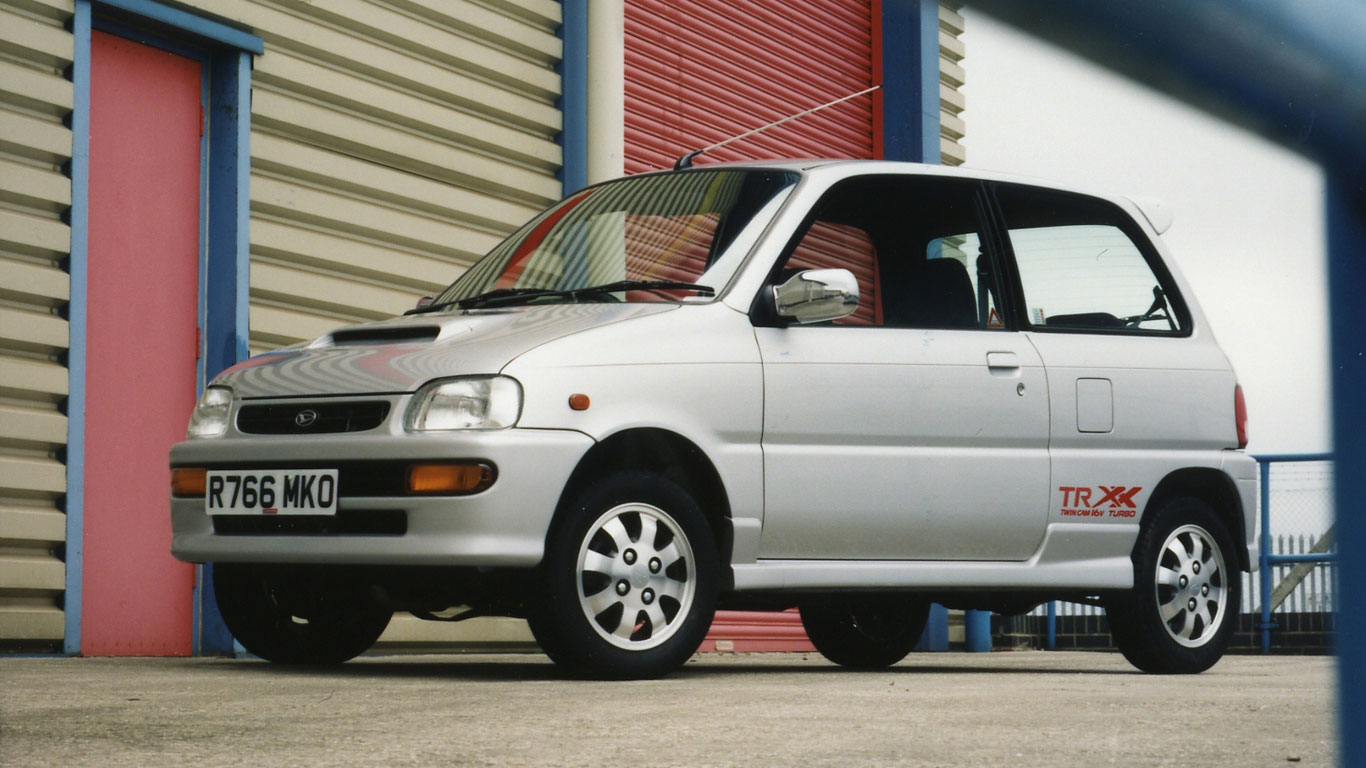
Daihatsu Cuore Avanzato TR-XX R4
© DaihatsuThe biggest name in the industry on one of the world’s smallest cars. The Daihatsu Cuore Avanzato TR-XX R4 was a lightweight, turbocharged, permanent four-wheel drive nutjob that redlined at 8,500rpm. Superb.
-
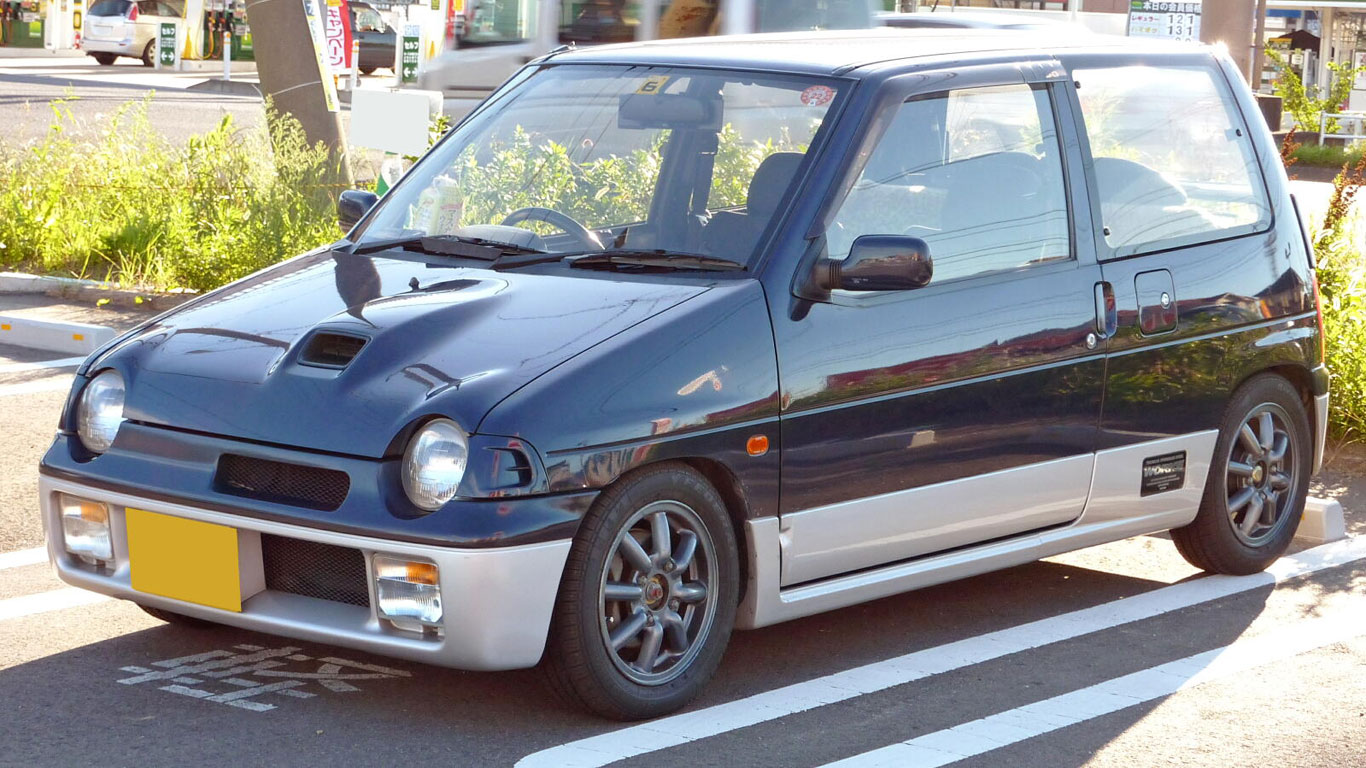
Suzuki Alto Works
© Kuha455405 – WikipediaNot all Suzuki Altos are created equal. Step forward the small and mighty Alto Works. The second generation Works was introduced in 1987, but we like the more powerful third generation car, complete with 660cc engine.
-
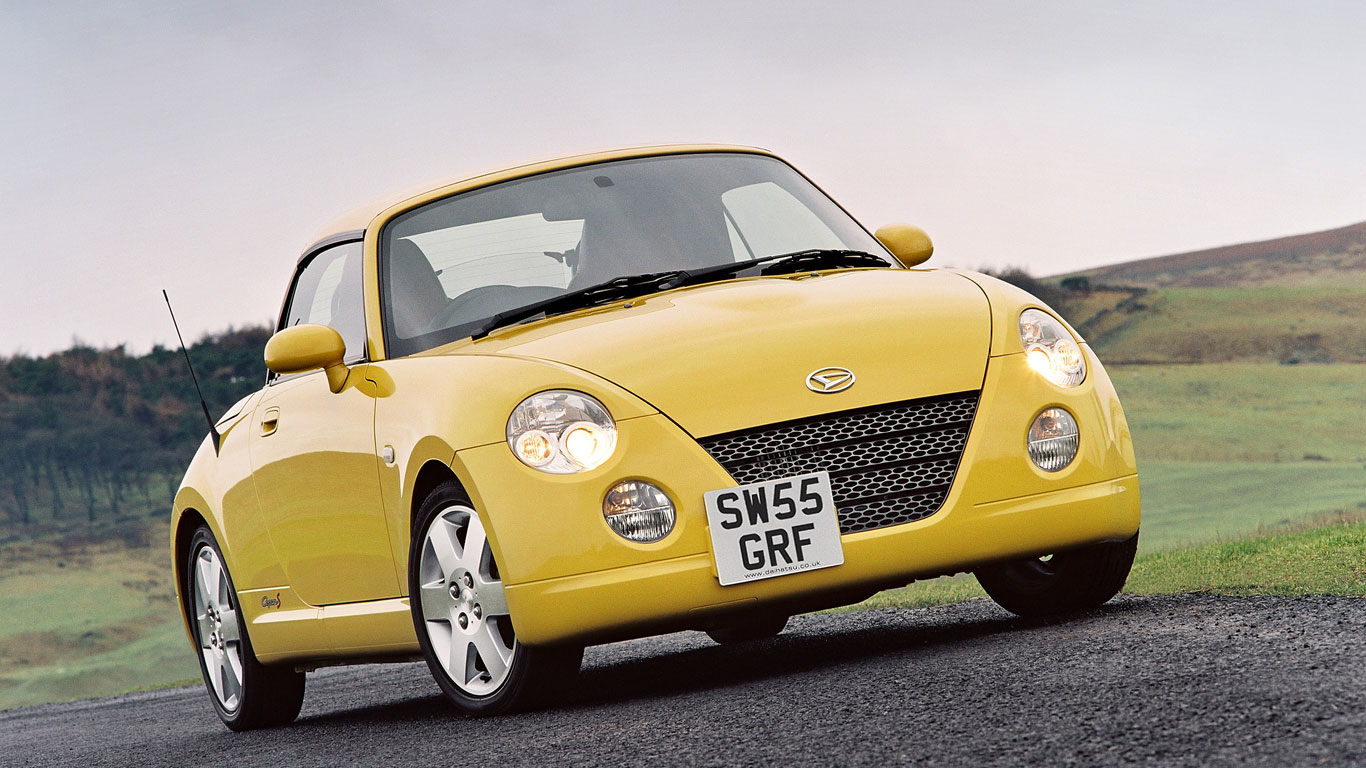
Daihatsu Copen
© DaihatsuIn its domestic market, the Daihatsu Copen was powered by a 660cc turbocharged engine, but export markets were treated to a 1.3-liter non-turbocharged unit. The first generation Copen lived on until 2012.
-
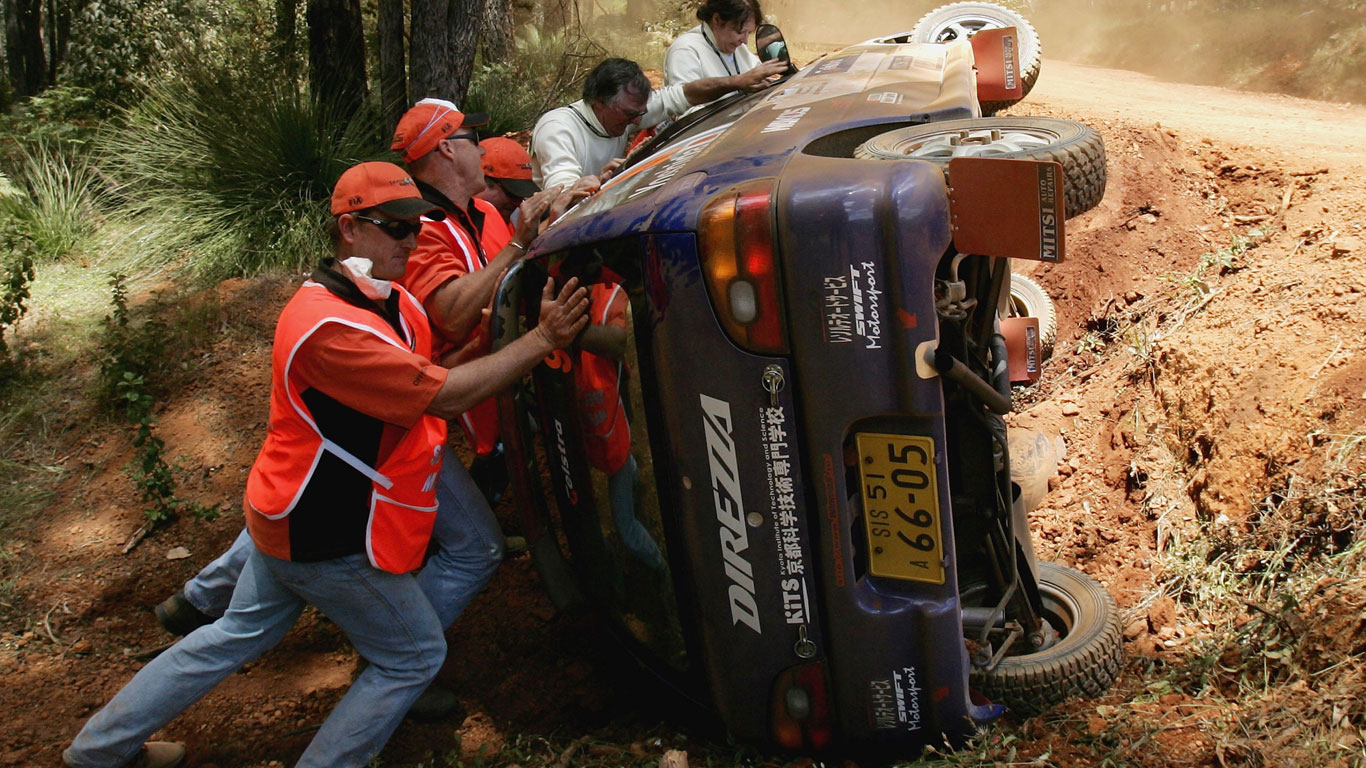
Subaru Vivio
© Getty ImagesAside from the weird and wonderful T-Top, the Subaru Vivio offers little to get excited about. That is, until, you discover there was a successful rally version. None other than Colin McRae made his Safari Rally debut in a Vivio.
-
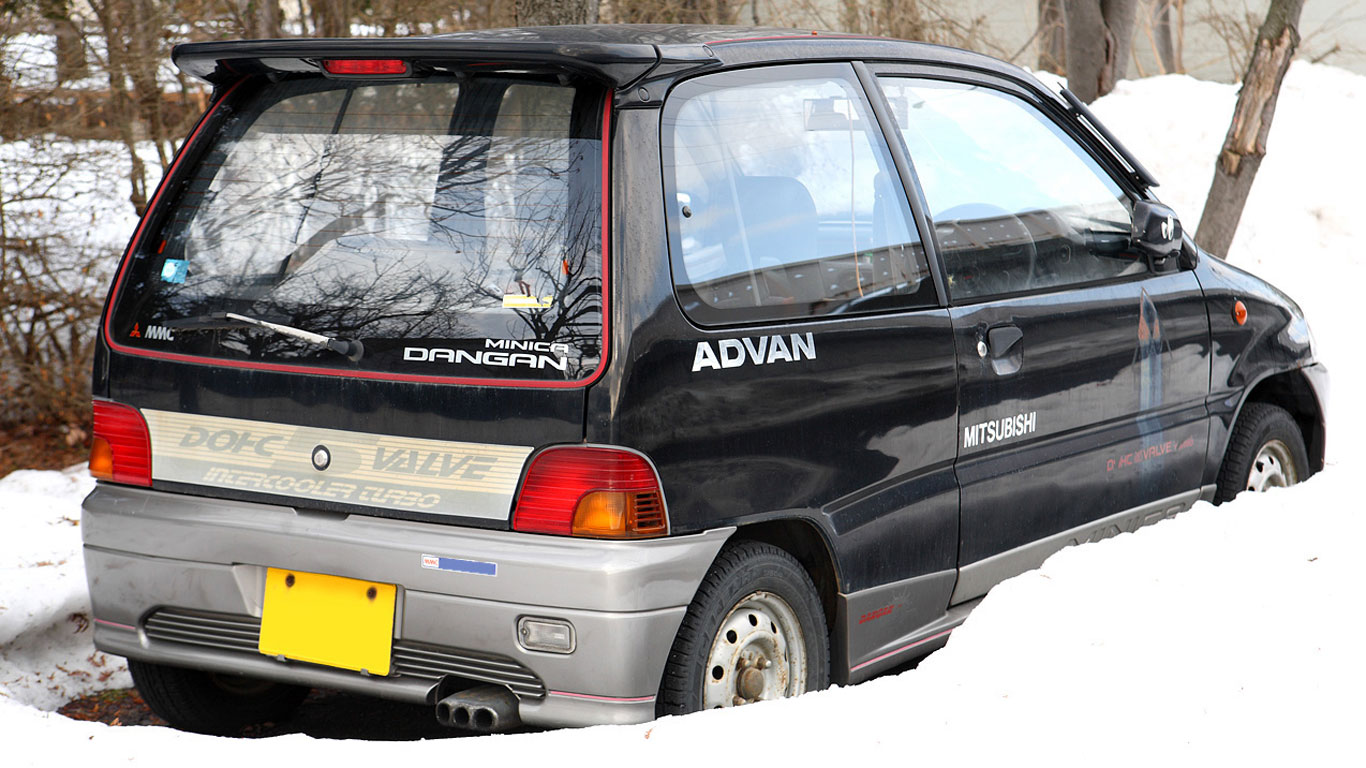
Mitsubishi Minica Dangan ZZ
© Tennen-Gas – WikipediaIf we’re honest, the Mitsubishi Minica Dangan ZZ might just top the Autozam AZ-1 in the cool car stakes. Amazingly, there was also a Minica Lettuce, although it was nowhere near as bonkers as the Dangan ZZ.
-
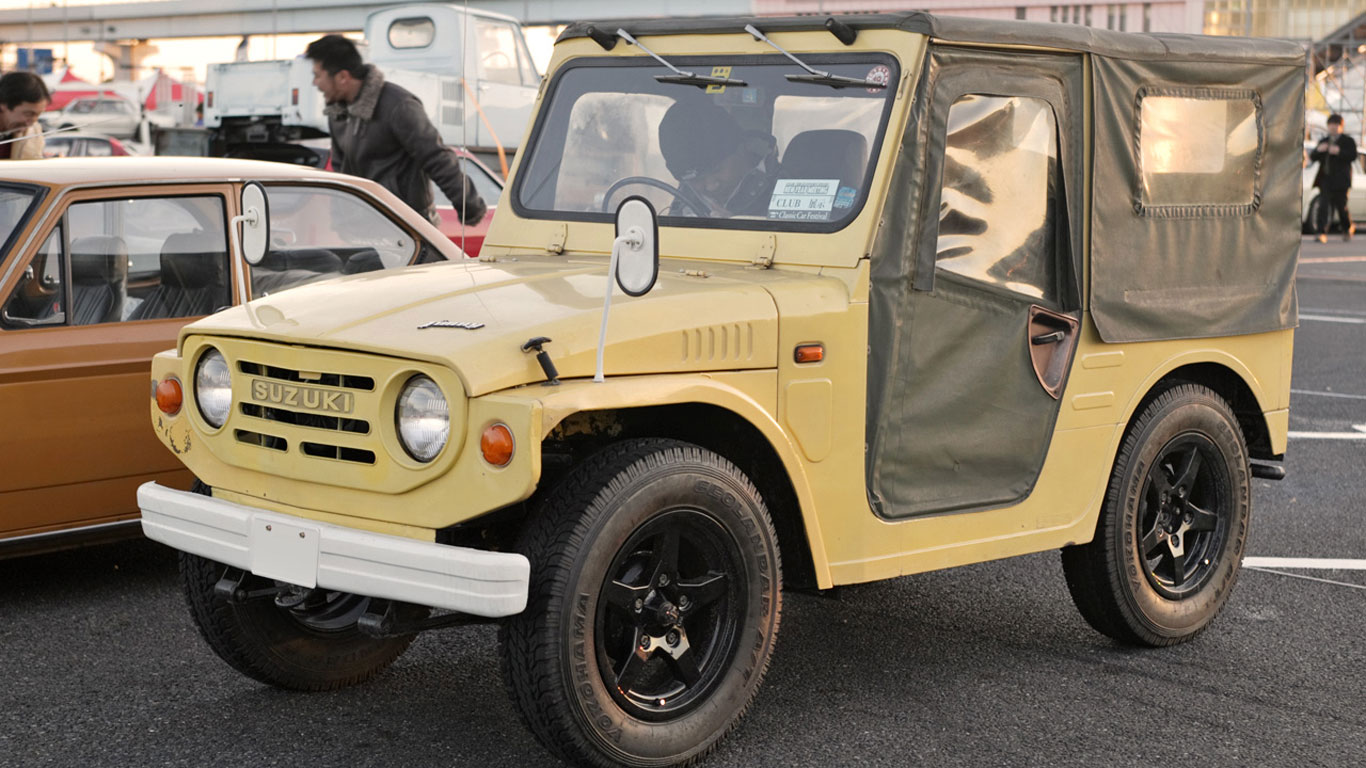
Suzuki LJ10
© Tennen-Gas – WikipediaThe Suzuki LJ10 was the world’s first mass-produced four-wheel drive kei car and the forerunner to the hugely successful Suzuki Jimny.
-
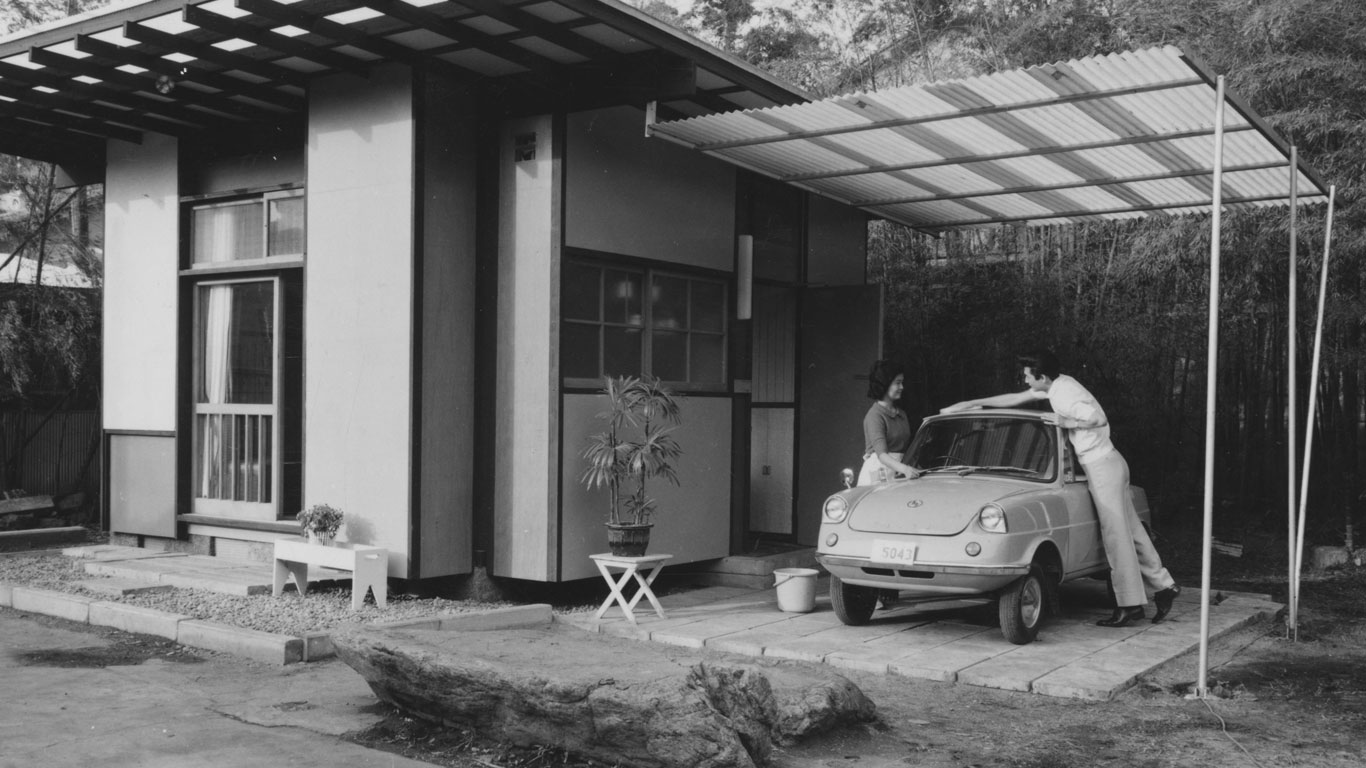
Mazda R360
© Getty ImagesWhen it was launched in 1960, the Mazda R360 made a huge impact. In its first year of sales, 23,417 were sold, giving Mazda a 64.8% share of the kei car market. Not bad, especially when you consider this was Mazda’s first passenger car.
-
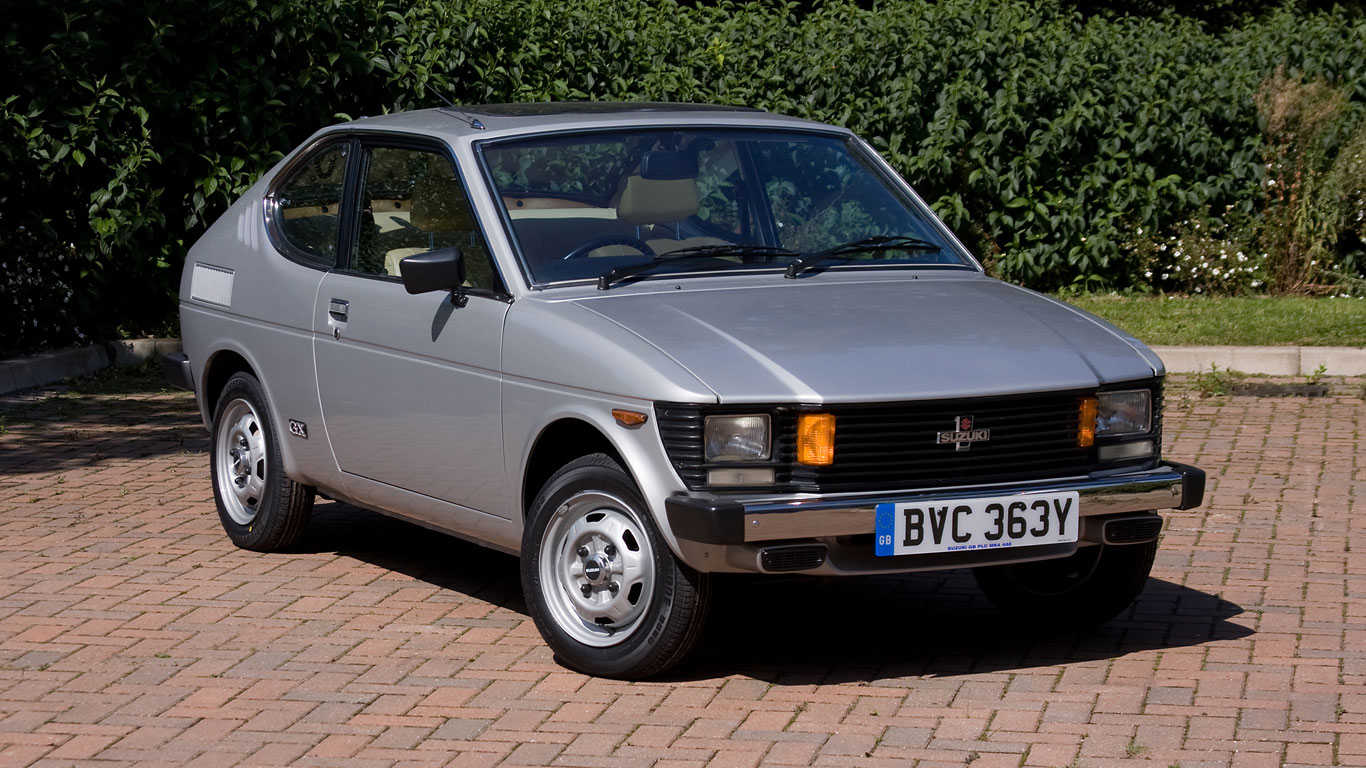
Suzuki SC100GX Whizzkid
© SuzukiThe export-spec Whizzkid – known in Japan as the Cervo – was powered by a 970cc four-cylinder engine, a little different to the tax-efficient domestic version. Past owners include the legendary motoring journalist, LJK Setright.
-
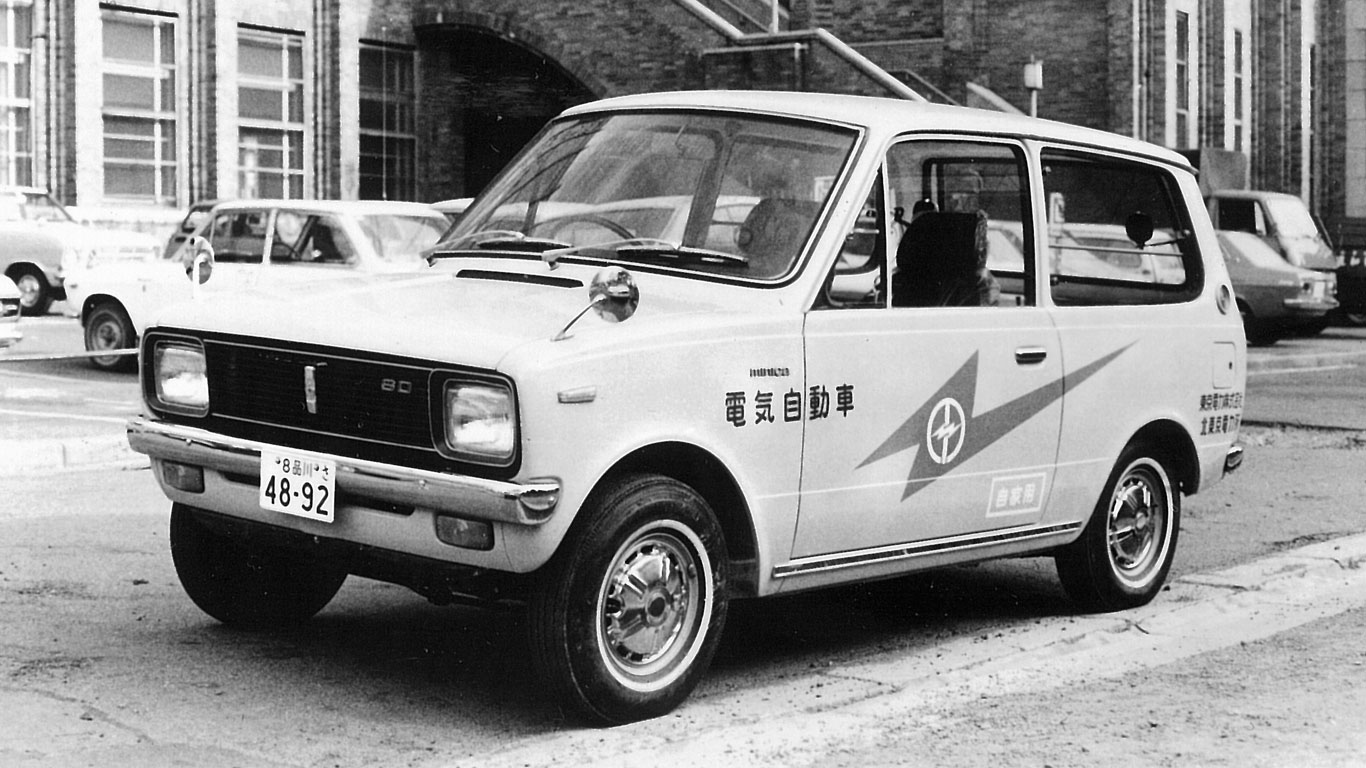
Mitsubishi Minica EV
© MitsubishiA forerunner to the modern day Mitsubishi i-MiEV, this is the Mitsubishi Minica EV of 1970.
-
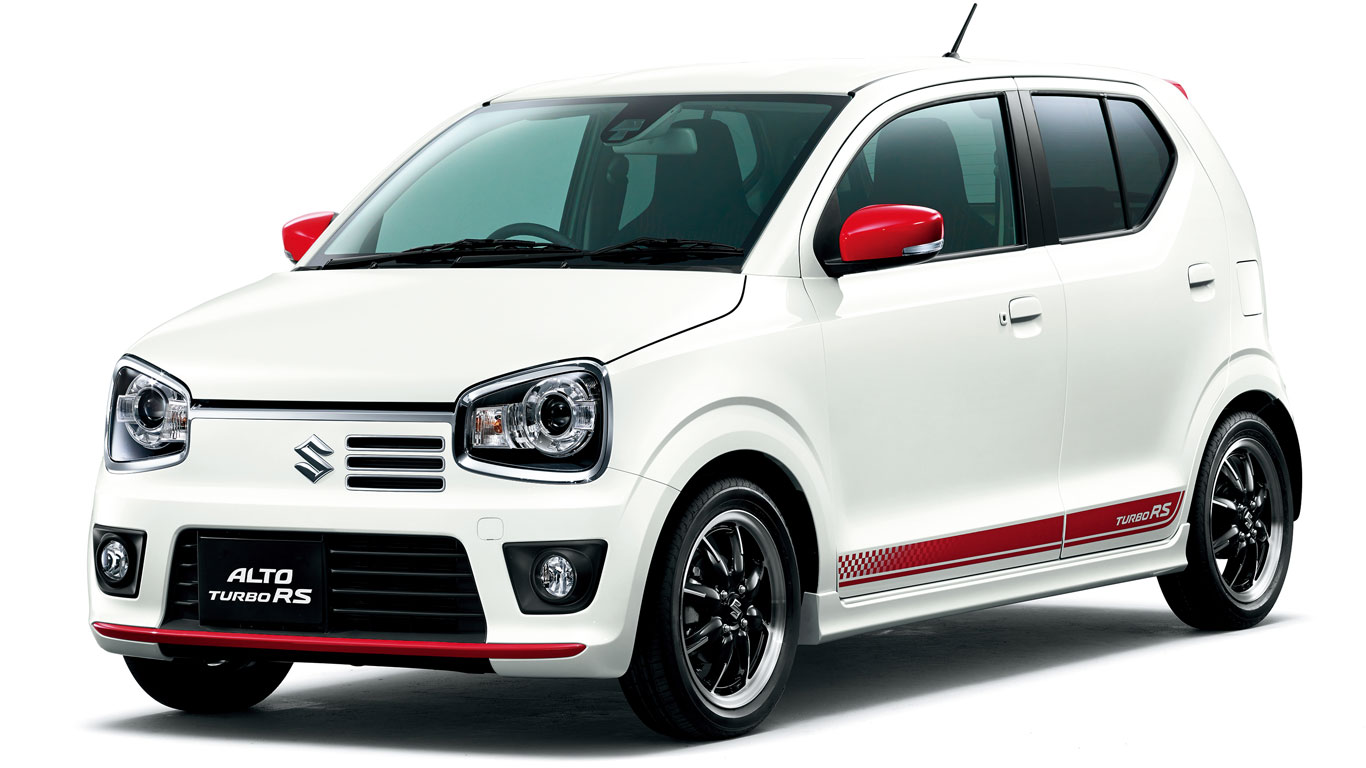
Suzuki Alto Turbo RS
© SuzukiIf there’s any justice in the world, Suzuki will bring the Alto Turbo RS to the UK. It’s available in Japan with both two- and four-wheel drive, along with a five-speed automated manual transmission.
-
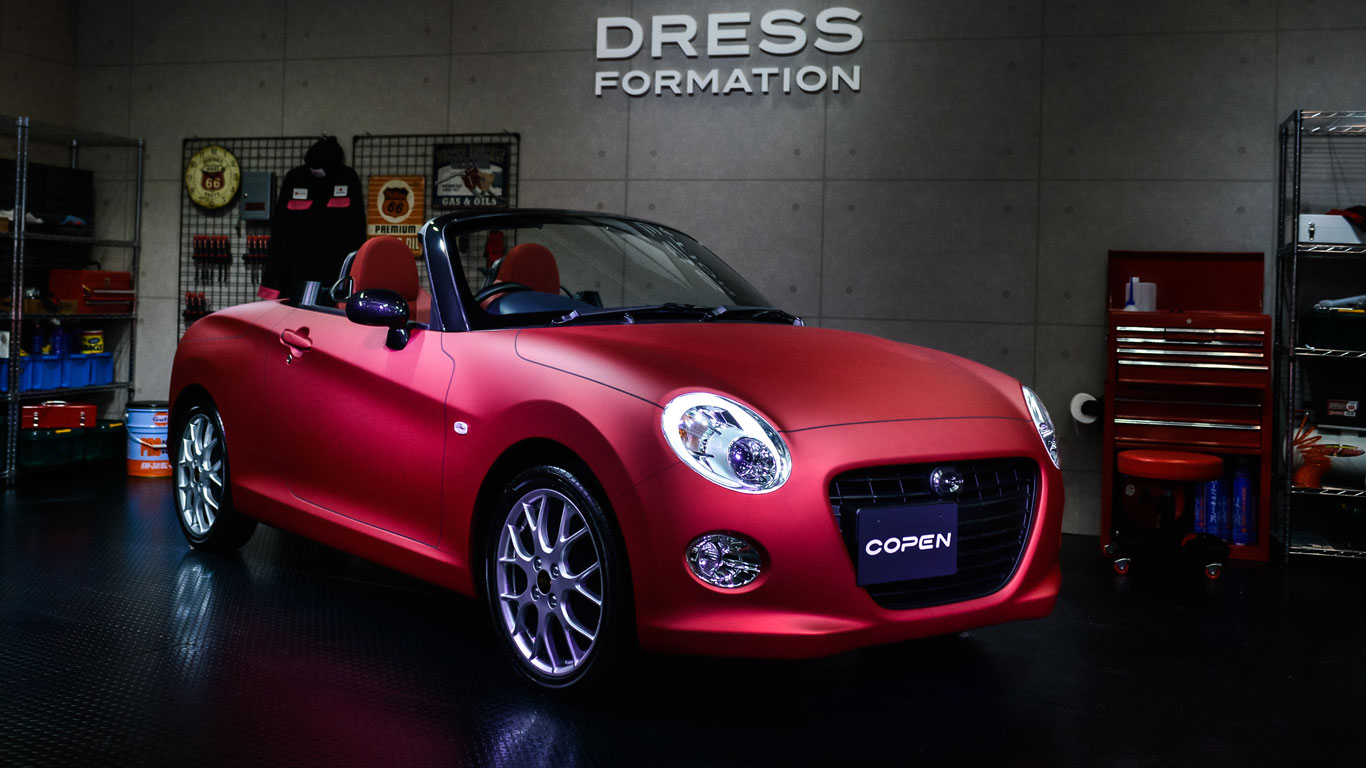
Daihatsu Copen (new)
© Getty ImagesLike the original Copen, the new version comes with a folding hardtop roof. What a shame Daihatsu and the Copen are no longer available over here.
-
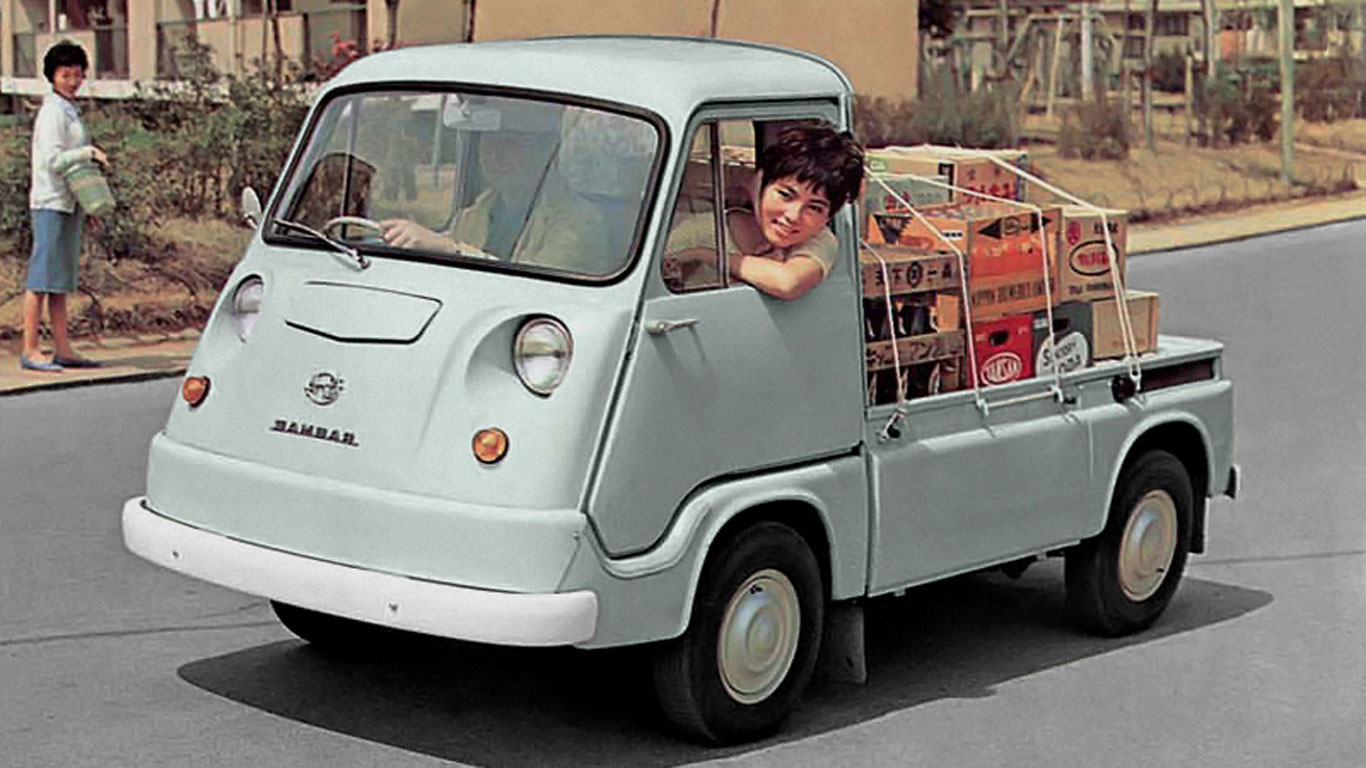
Subaru Sambar
© SubaruThere have been many Subaru Sambars, including a weird retro-style copy of the Volkswagen camper. But our favourite is the original of the 1960s. Just look at it.
-
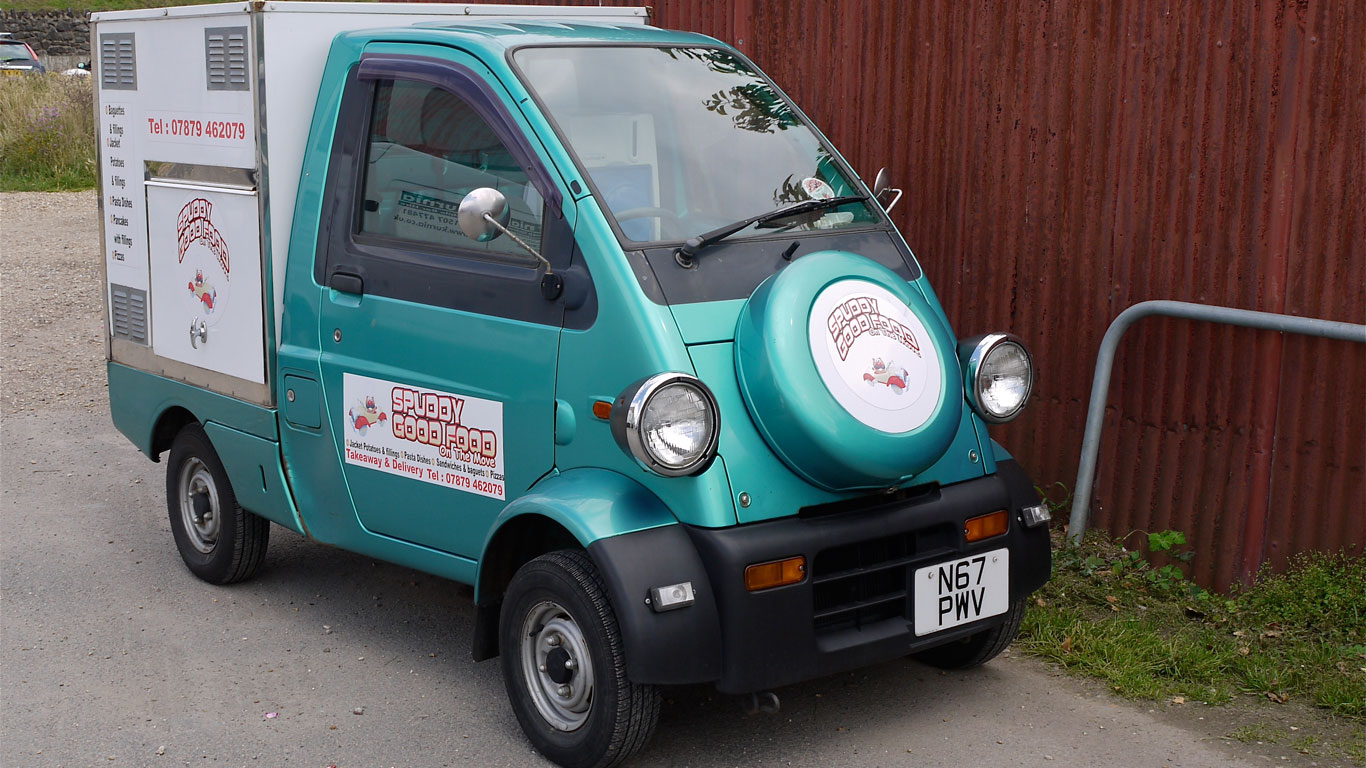
Daihatsu Midget II
© Mick – WikipediaTwo reasons for loving this. Firstly, the name. Secondly, the spare wheel on the front. Without that feature, it wouldn’t be as cool as the original three-wheeled Midget.
-
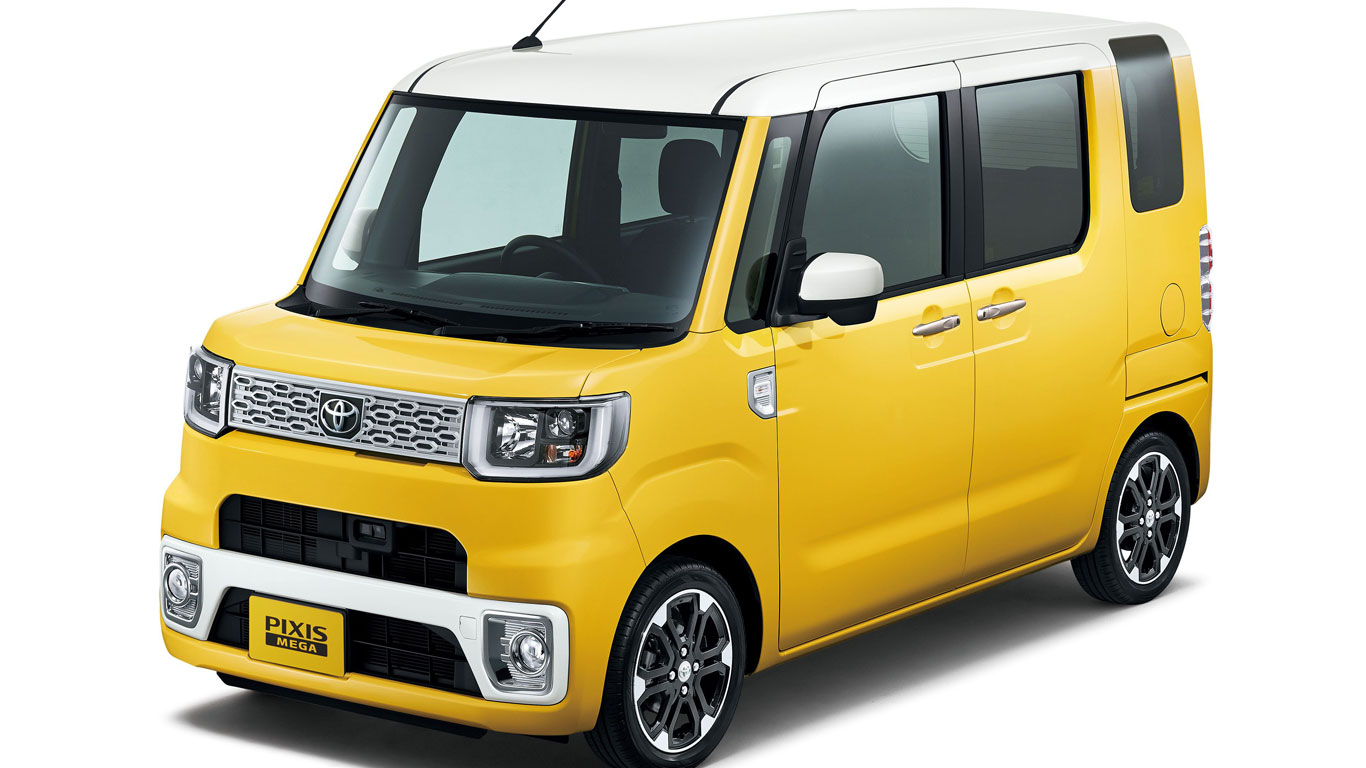
Toyota Pixis Mega
© ToyotaWe close with the brilliant Toyota Pixis Mega. In a demonstration of neat packaging, the Pixis Mega can seat four adults and features a pair of one-touch sliding doors. Proof that boxy can be good.